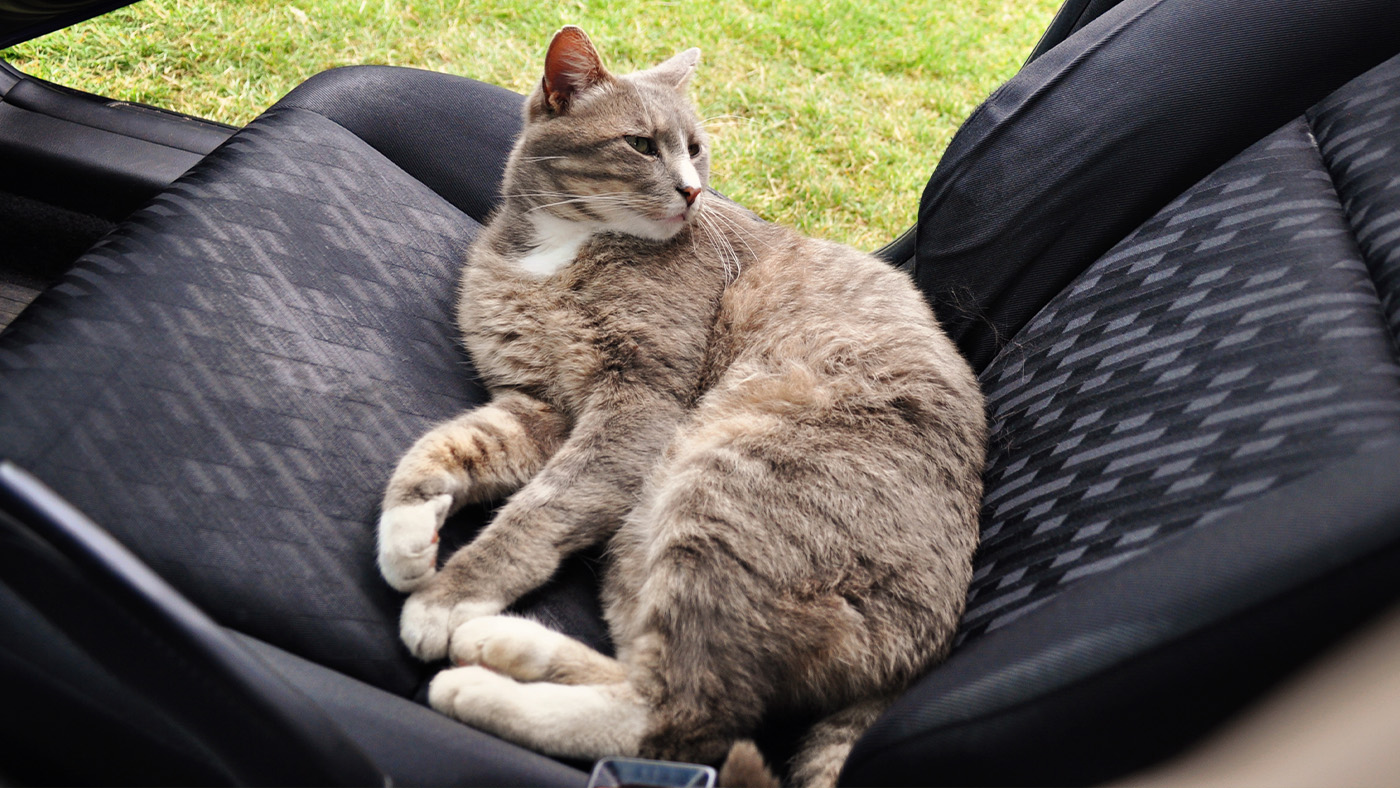33 herding dog breeds hardwired to manage livestock
The way they manage their flock varies, but these herding dog breeds all excel at their craft
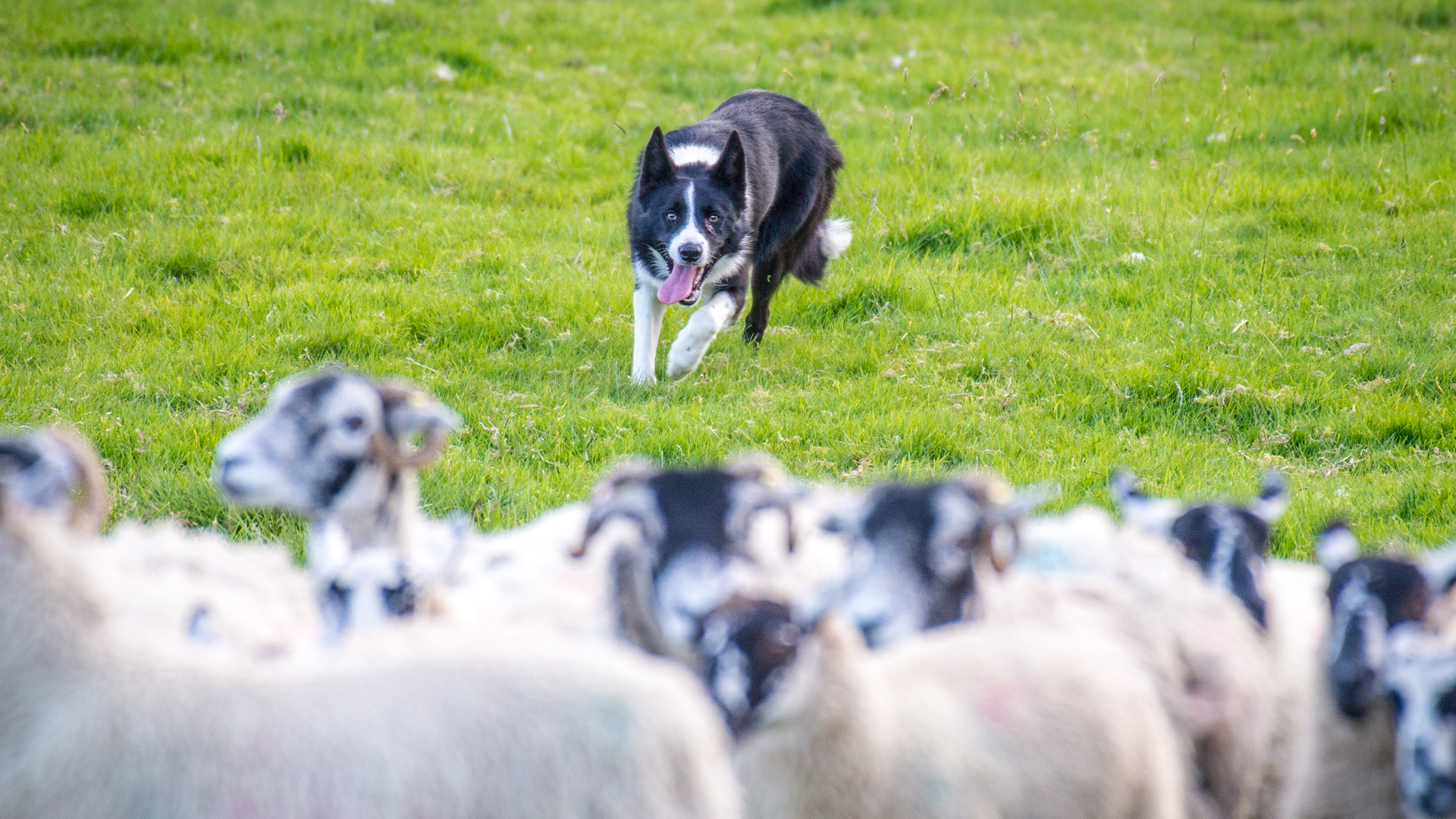
Characterised by their boundless energy, extreme intelligence and limitless loyalty, herding dogs can make a brilliant family pet.
But while you might think of collies and sheepdogs, there are actually a lot of breeds that were originally bred to herd everything from cattle to ducks and reindeer – and, therefore, many of them make the best farm dogs, too.
In this article we'll take a look at what makes a herding dog a herding dog, our expert vet will talk us through herding dog behavior and then we'll go through the different types.
What is a herding dog?
As the name suggests, herding dogs have been bred to herd livestock. The way they manage their flock varies, with some using stares to keep stray animals in check while others actively drive the animals forward.
While these herding dogs all have the same goal, to herd livestock, they come in various shapes and sizes and have origins all around the world. Different types suit different terrains and temperatures, from challenging mountain conditions to miles of flat fields.
Herding dogs make for excellent companions too, but these dogs have a lot of energy and need both mental and physical stimulation aplenty to thrive. A bored herding dog will let you know about it by way of chewing your possessions, excessive barking or digging up your yard. You'll need plenty of mentally stimulating toys and interesting walks to keep them busy, some do even better with more activities like agility training or herding trials.

What is herding behavior in dogs?
To find out exactly what herding behavior looks like in dogs, we spoke with Dr Rebecca MacMillan, a qualified vet with more than 15 years of experience.
“Herding behavior is a dog displaying their natural instincts. It’s easy to see where this behavior comes from if you think about the way wolves or wild dogs act. A specific sequence of movements would have been essential for them to be able to stalk and kill their prey,” she explains.
But what exactly does this look like?
“This includes keen eyesight to lock onto their target, stalking their intended prey through slow crouched movements, chasing and then grabbing or biting that animal. To have a successful kill, a certain amount of herding and control was needed to keep the prey positioned in just the right place,” says Dr MacMillan.
Never keen to miss out, we clocked this natural behavior and worked out how to use it for our benefit.
“Through selective breeding, humans have capitalized on this behavior. Border Collies and Australian Cattle Dogs are examples of dogs that have been specifically bred to round up livestock.
“As such, their herding instincts are stronger than that of other breeds. These types of dogs usually have a greater urge to guide and control the movement of other animals, which could also include humans in the house, especially young children,” says Dr MacMillan.
“Whereas dogs bred for companionship, such as the papillon or Cavalier King Charles are far less likely to be seen herding anything. Their instincts are buried much deeper, and it may take a lot of play or squeaky toys to draw out their wild side,” she adds.
Herding dog breeds
Australian Cattle Dog
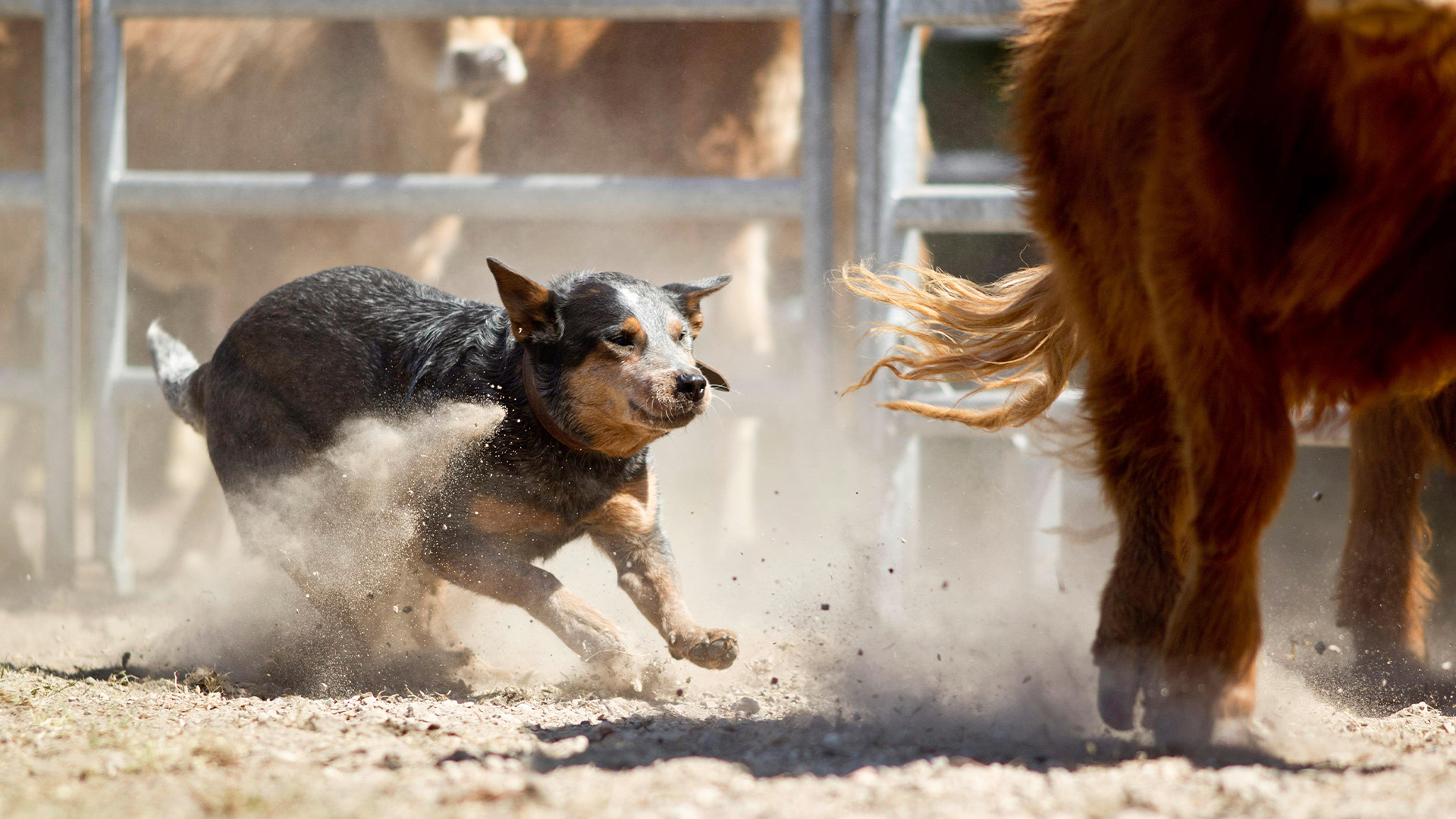
Related to Australia's famous wild dog, the dingo, the Australian Cattle Dog is also known as a blue, red or Queensland heeler.
These sturdy, muscular dogs are known for their hallmark mottled coat, endless energy and ability to herd cattle over long distances across tough terrain.
Australian Shepherd
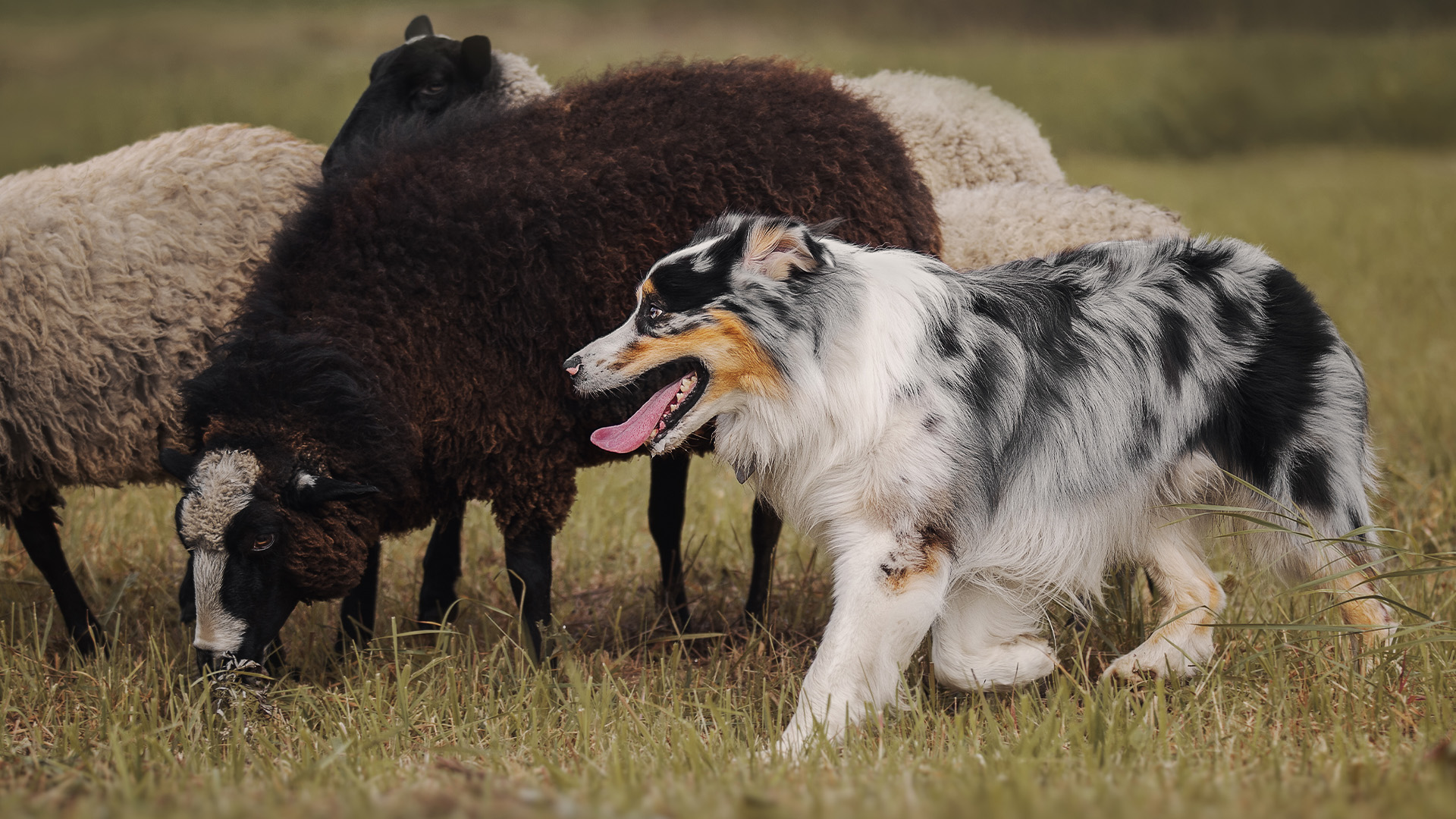
First bred in America, the Australian Shepherd's name is a nod to their predecessors who came via Australia.
These athletic dogs are excellent herders, making them perfect for farm or ranch life. They also love learning new tricks, hiking and going for runs.
Bearded collie
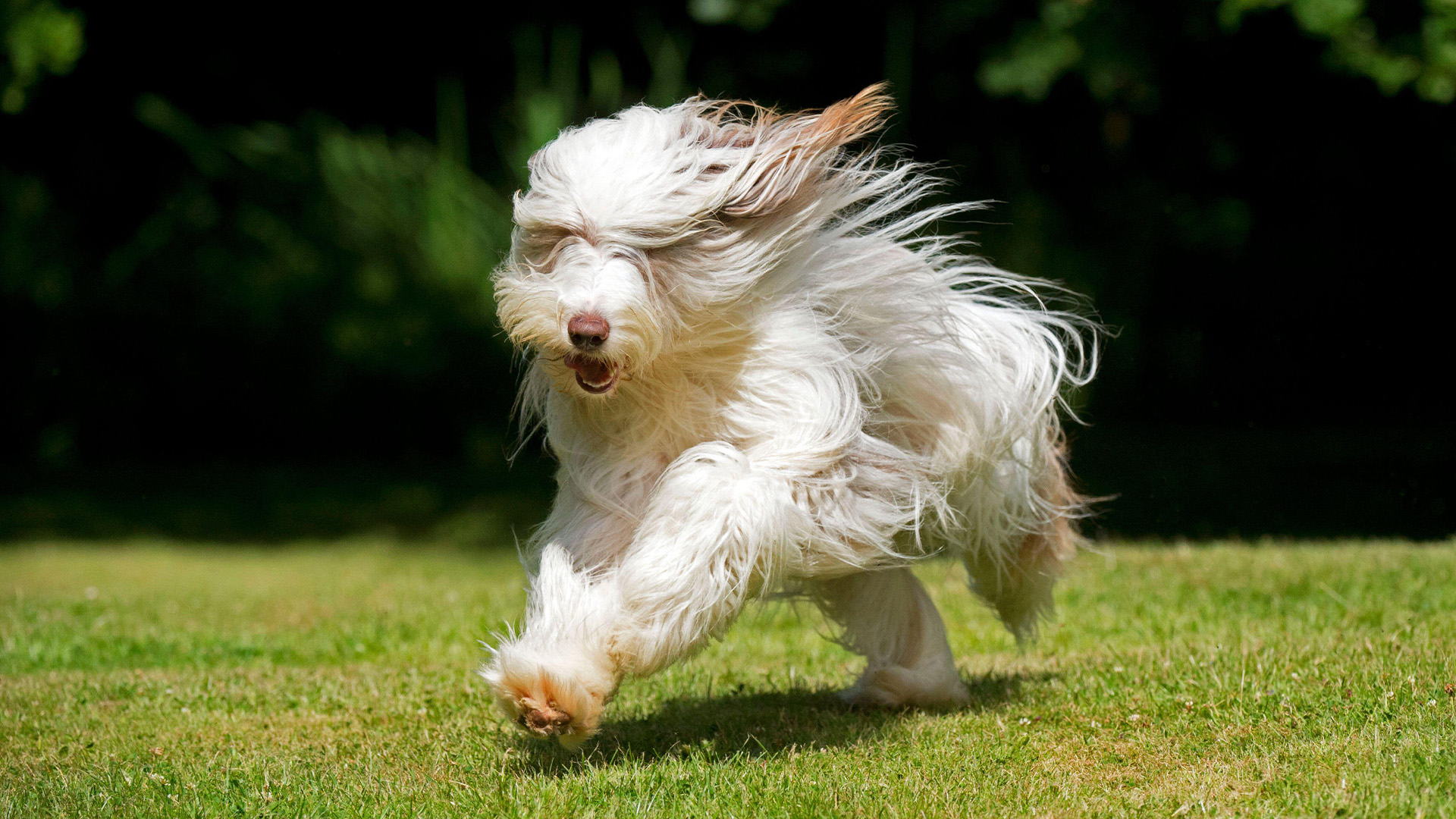
First used for herding sheep and cattle in the Highlands of Scotland, the bearded collie is used to all-weather and rough terrain.
These hard-working, smart dogs are super trainable and eager to please, making them great family pets. And their shaggy coat just adds to their charm!
Beauceron
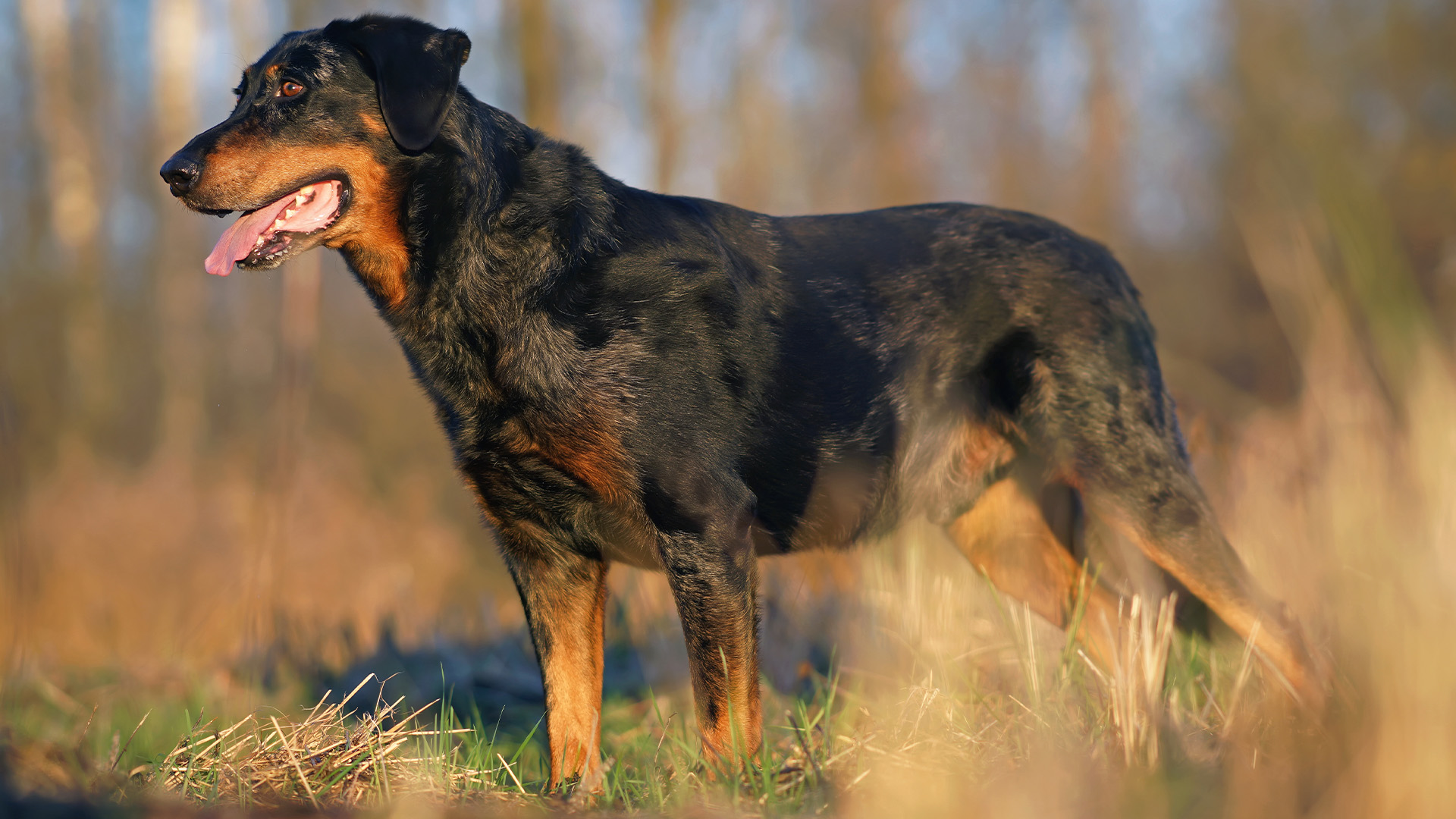
Hailing from the La Beauce region in France, the Beauceron is a seriously built herding dog.
The biggest French sheepdog these dogs are muscled and come with hind double dewclaws. Their herding instinct is strong and they're not above trying to herd humans too!
Belgian Laekenois
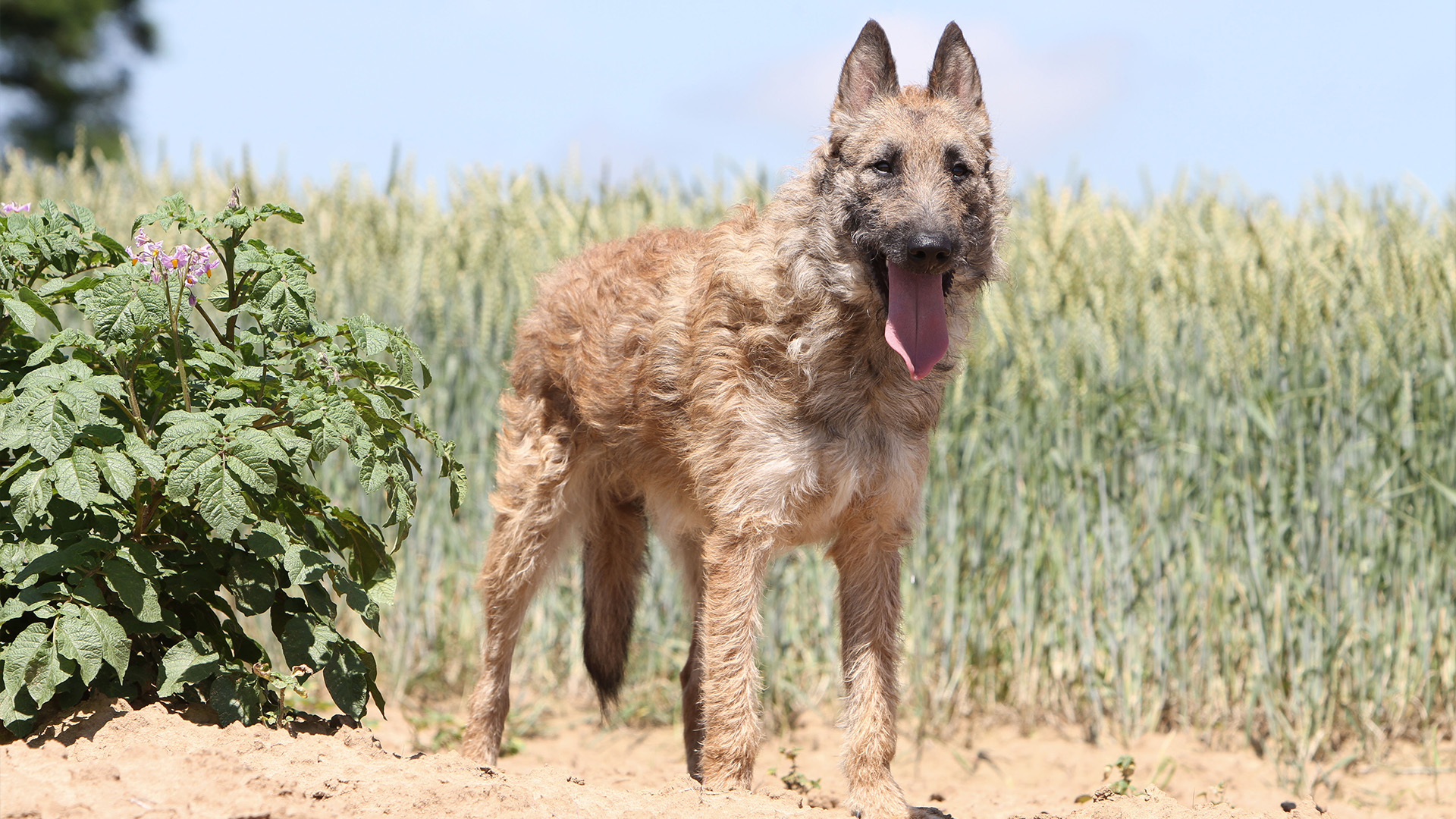
The Belgian Laekenois is agile and fast, used not just for herding but as a service dog in the police and armed forces.
First bred to protect and guard linen fields, the Belgian Laekenois strikes the perfect balance between elegance and strength.
Belgian Malinois
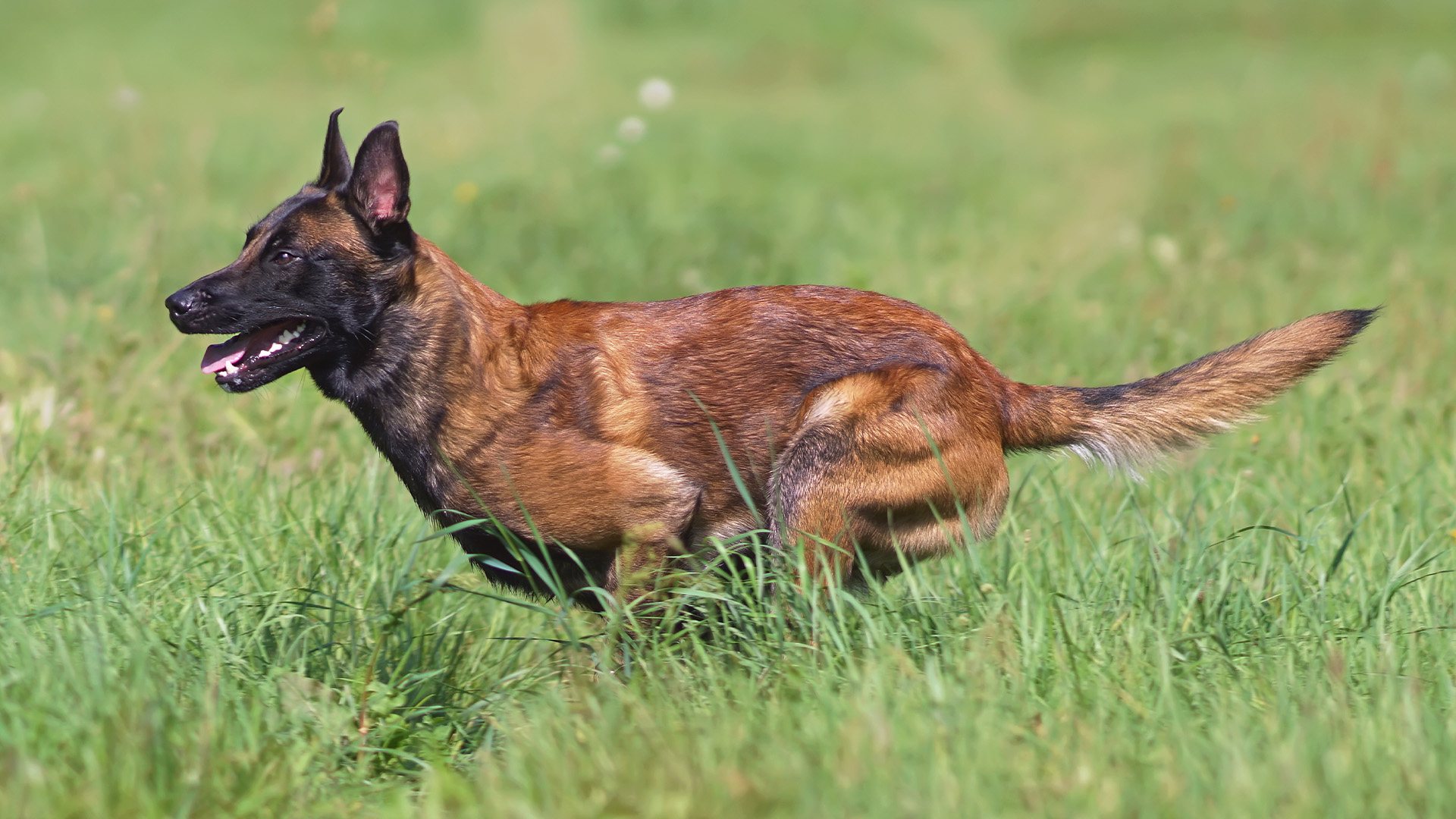
A world-renowned worker, this breed hailing from Belgium is regularly used to work in law enforcement. Able to put in the hours and work hard, these dogs are confident, energetic and highly trainable.
Belgian Sheepdog
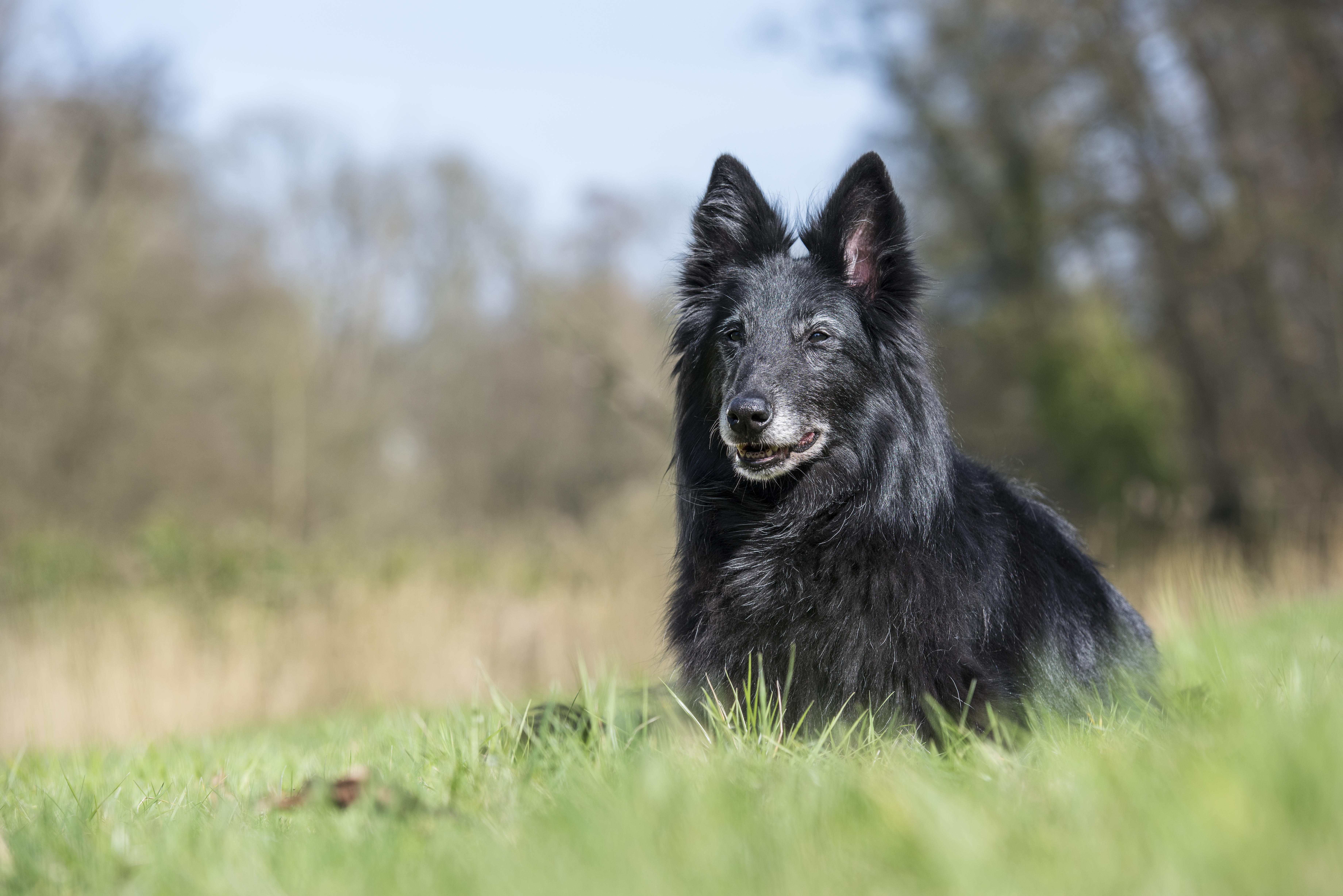
Bred for farm work, the Belgian Sheepdog is a dog that loves a job. These beauties need a home with stuff to occupy them, without plenty of physical and mental stimulation they'll become mischievous.
Belgian Tervuren
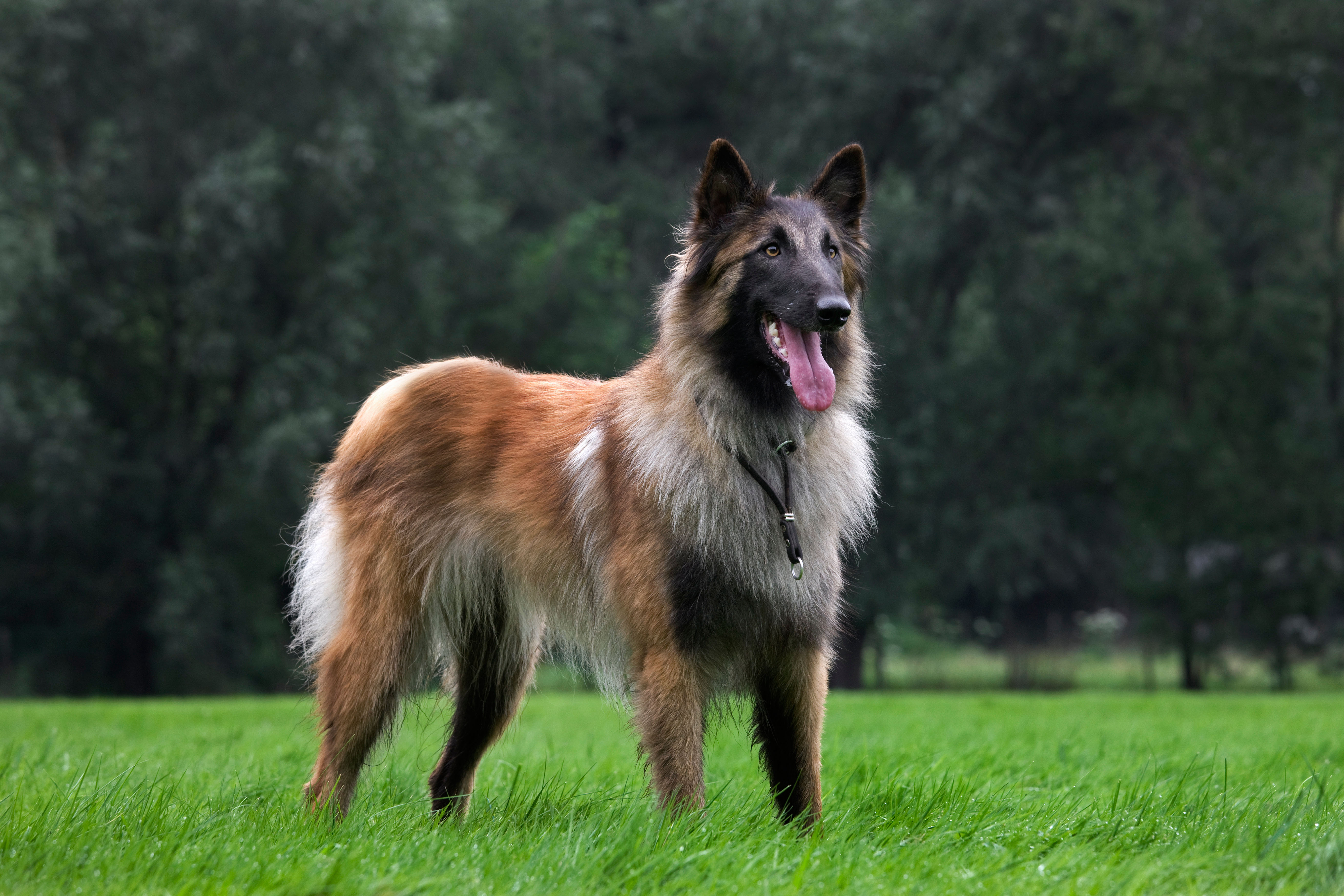
With their athletic fame and stunning coat, the Belgian Tervuren is quite the looker. But at heart, these dogs are workers that thrive in the police and armed forces, as well as at home with active owners.
Bergamasco Sheepdog
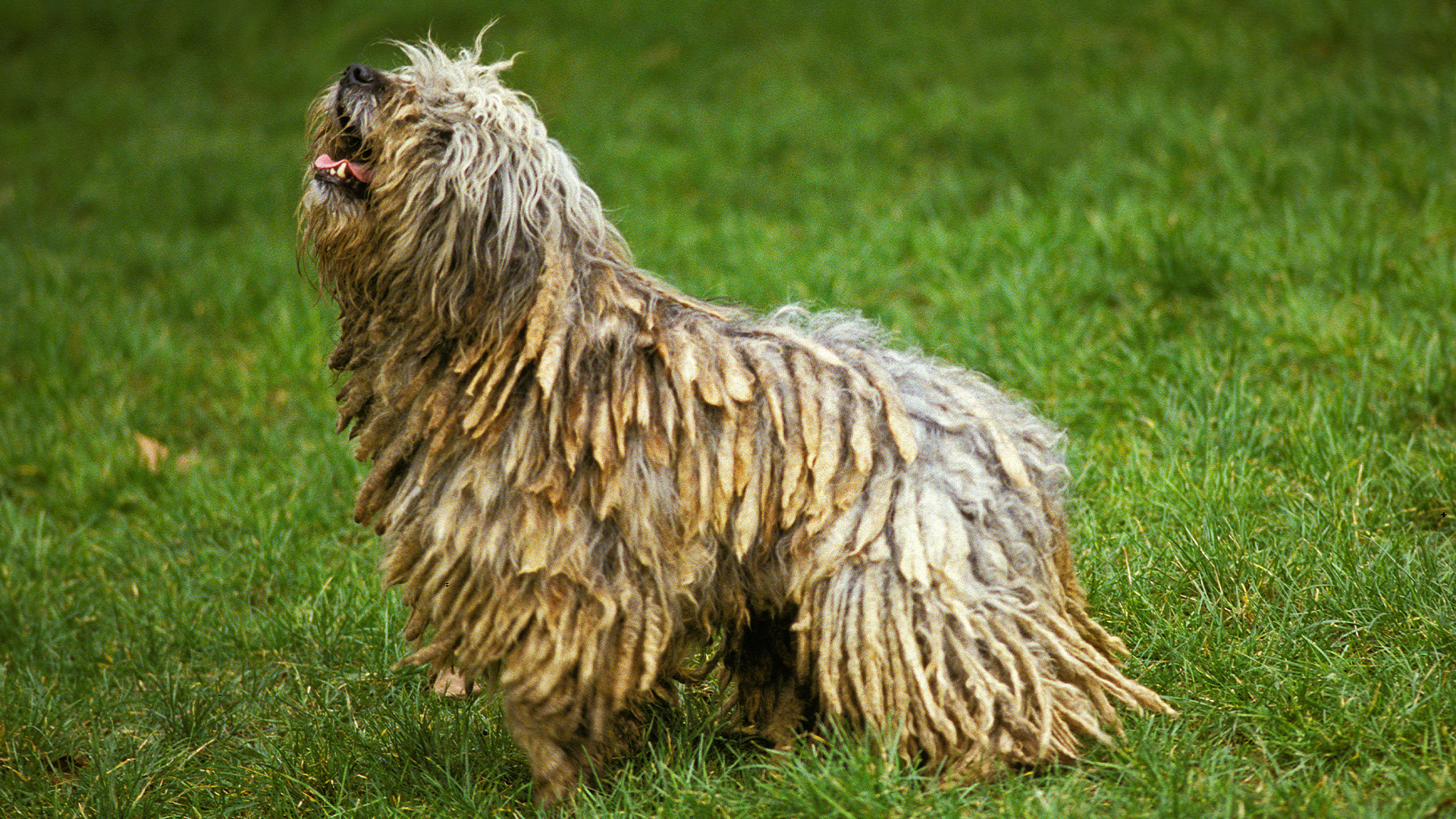
Originating in the Alps, this ancient Italian breed of sheepdog is clever, loving and highly trainable.
With its shaggy coat, heard of gold and affinity for children, the Bergamasco Sheepdog makes for an excellent family pet.
Berger Picard
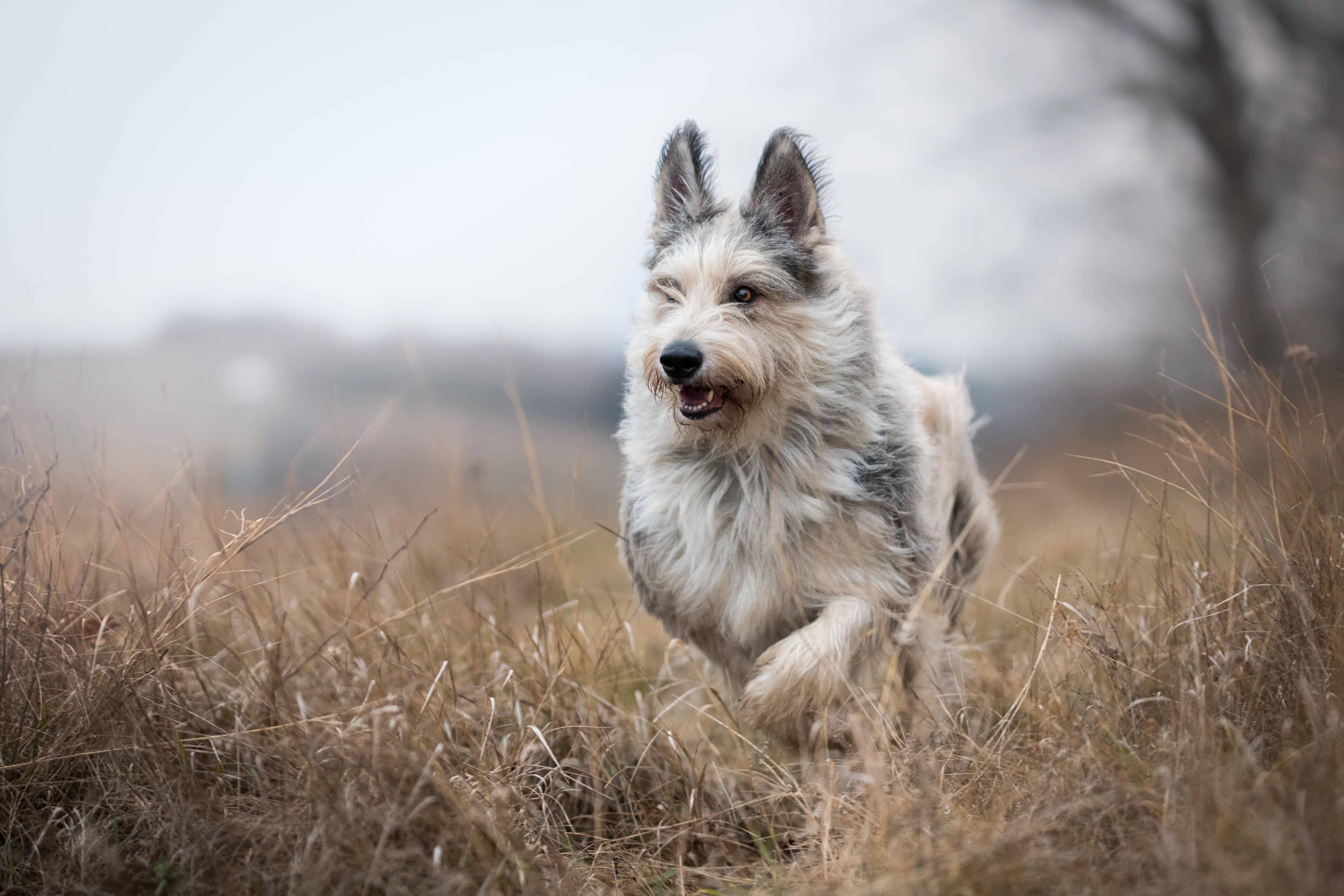
This lanky French herding dog was bred to herd sheep and cattle almost went extinct after the two World Wars. Today it remains a rare breed.
With their hallmark scruffy coat and upright ears, the Berger Picard is a good-natured addition to any family with the energy for one.
Border Collie

Herding sheep and cattle in Britain for more than a century, the Border Collie is what many think of when they think of a herding dog. This tenacious dog would be happy if it never had a day off in its life, they love nothing more than having a job to complete.
One of the smartest dog breeds, you'll need to make sure you keep your collie seriously stimulated if you want to avoid destruction.
Bouvier des Flandres
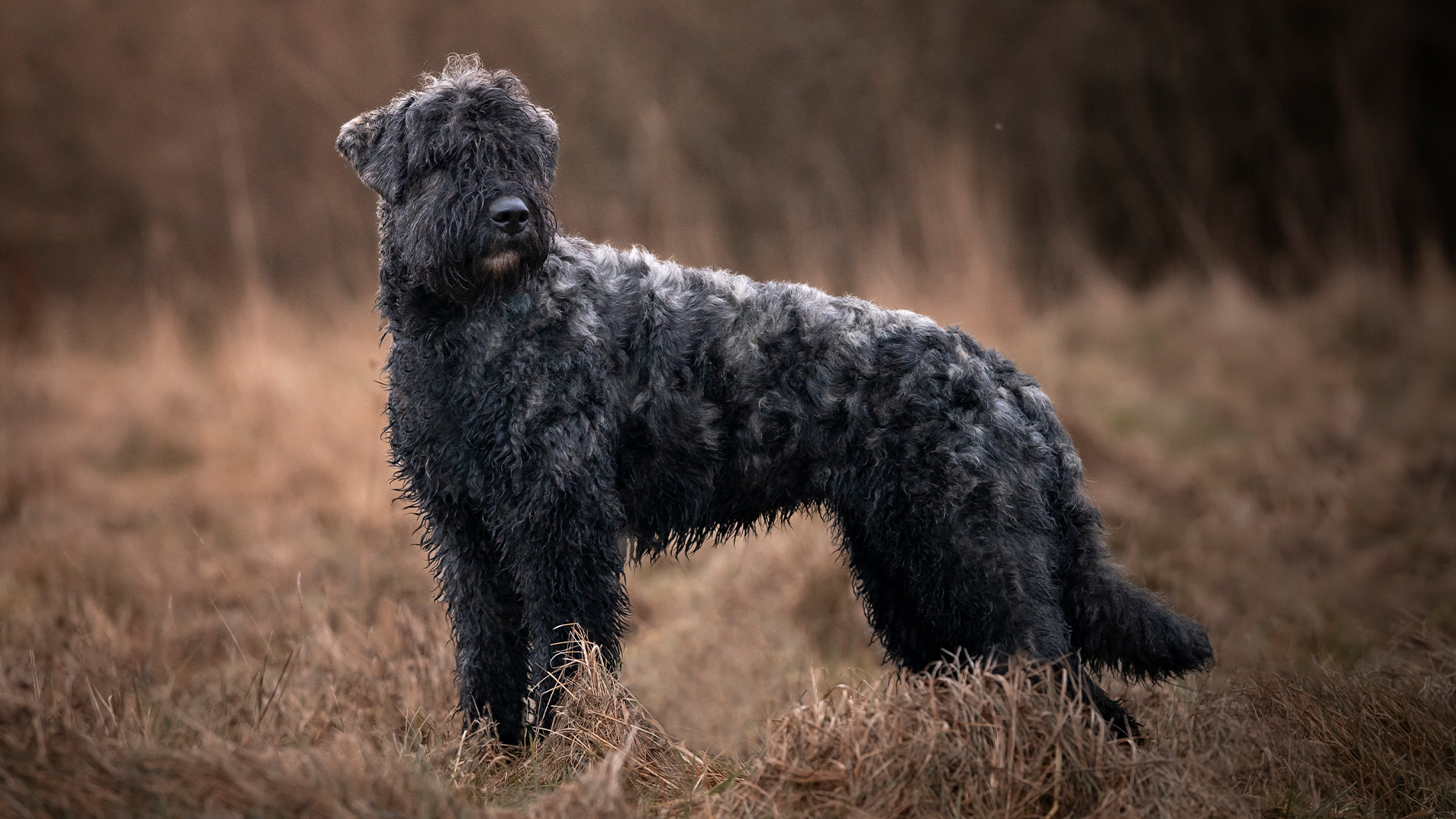
A multi-purpose farm dog from Belgium, the Bouvier des Flandres not only herds but can track and guard too. With their fabulous coat and beard, the Bouvier des Flandres has a unique look to boot.
As well as plenty of exercise, they'll also need grooming thanks to that gorgeous shaggy coat.
Briard
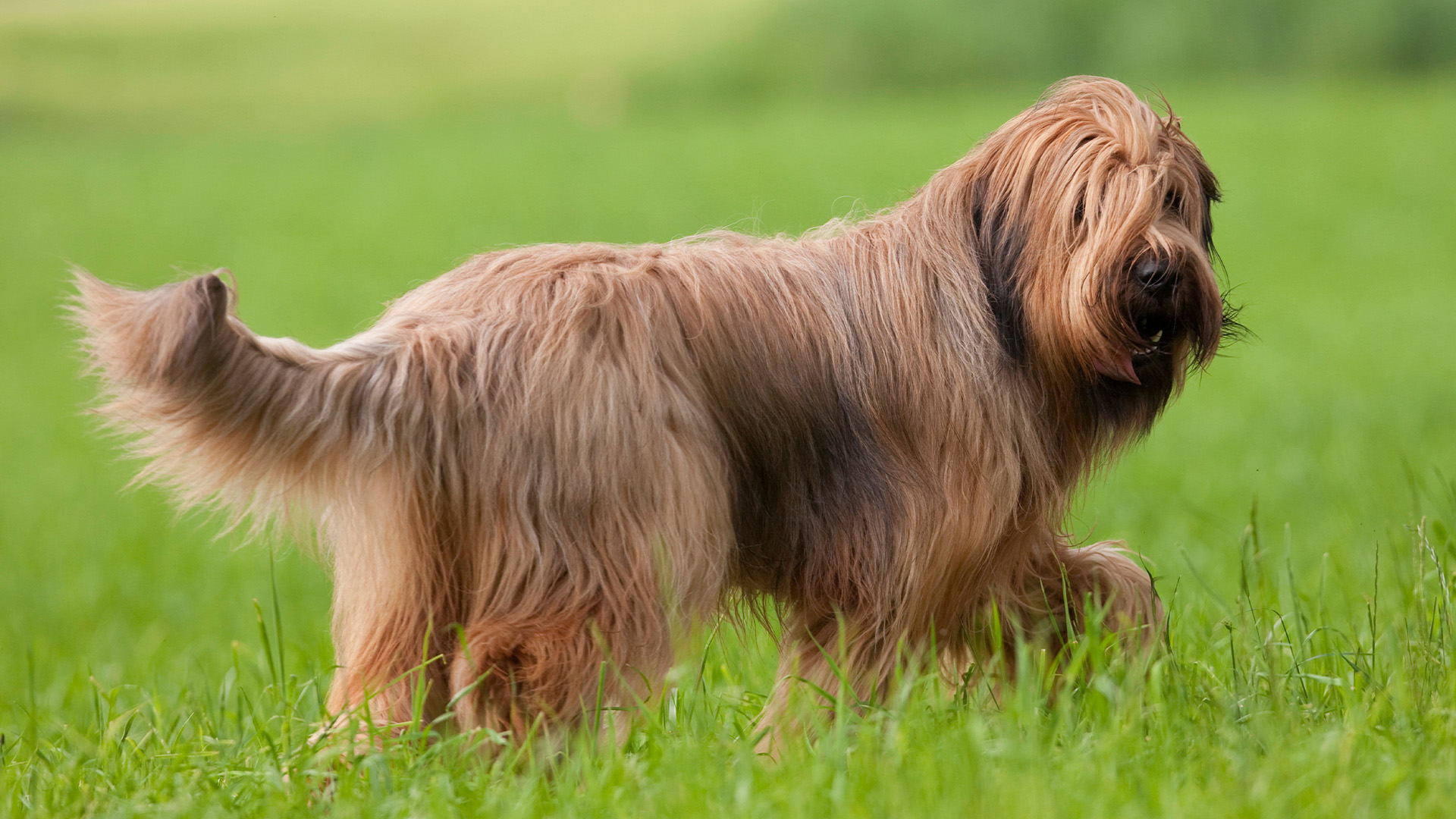
Originating from the Brie region of France, the super-smart Briard was bred as a flock guardian and herder.
Loyal, lovable and spirited, the Briard is a handsome dog believed to have been bred in the Middle Ages.
Canaan Dog
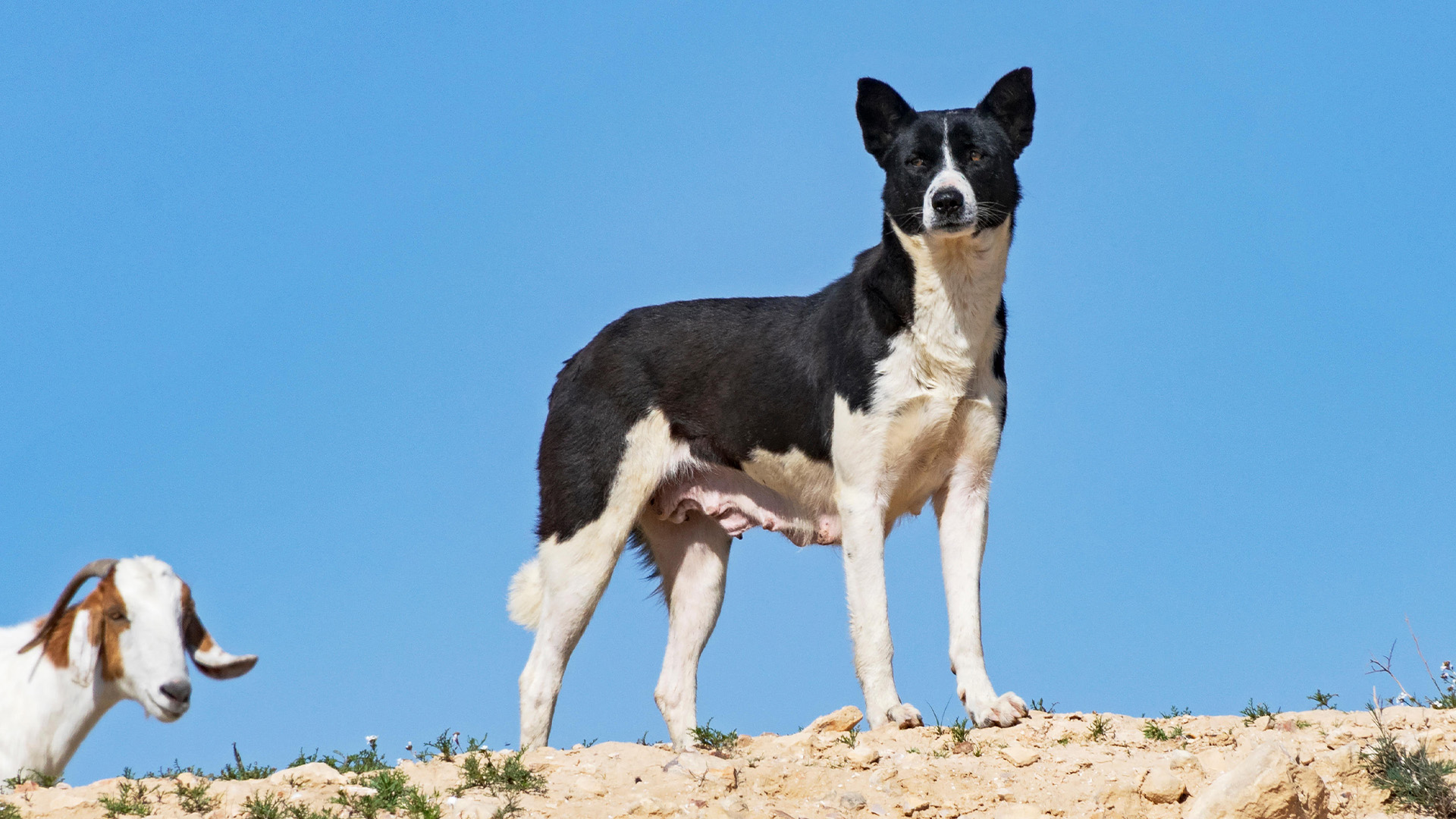
Bred from semi-wild pariah dogs in the early 20th century, the Canaan Dog is the national dog of Israel.
Used to guard property, herd livestock and even help out in the military, this dog can do it all. Perfect as a watchdog, they can be vocal as they bark to highlight any threats.
Cardigan Welsh Corgi
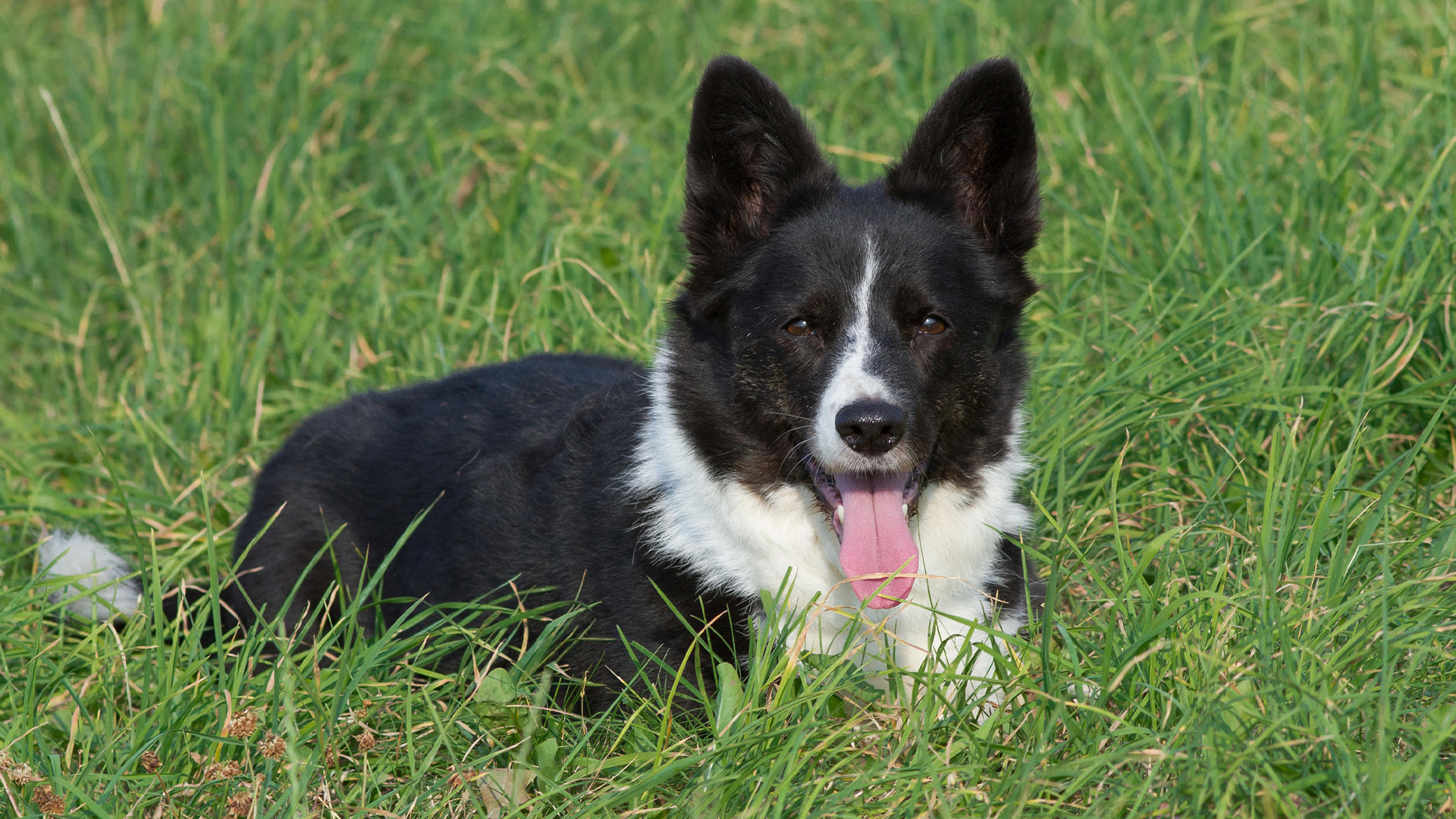
Small but mighty, the Cardigan Welsh Corgi should not be overlooked. In spite of their short legs and stature, the high-energy breed was bred to help farmers manage their livestock.
Thought to have been around for thousands of years, this sweet dog needs a lot of exercise to keep them happy and avoid piling on the pounds.
Collie
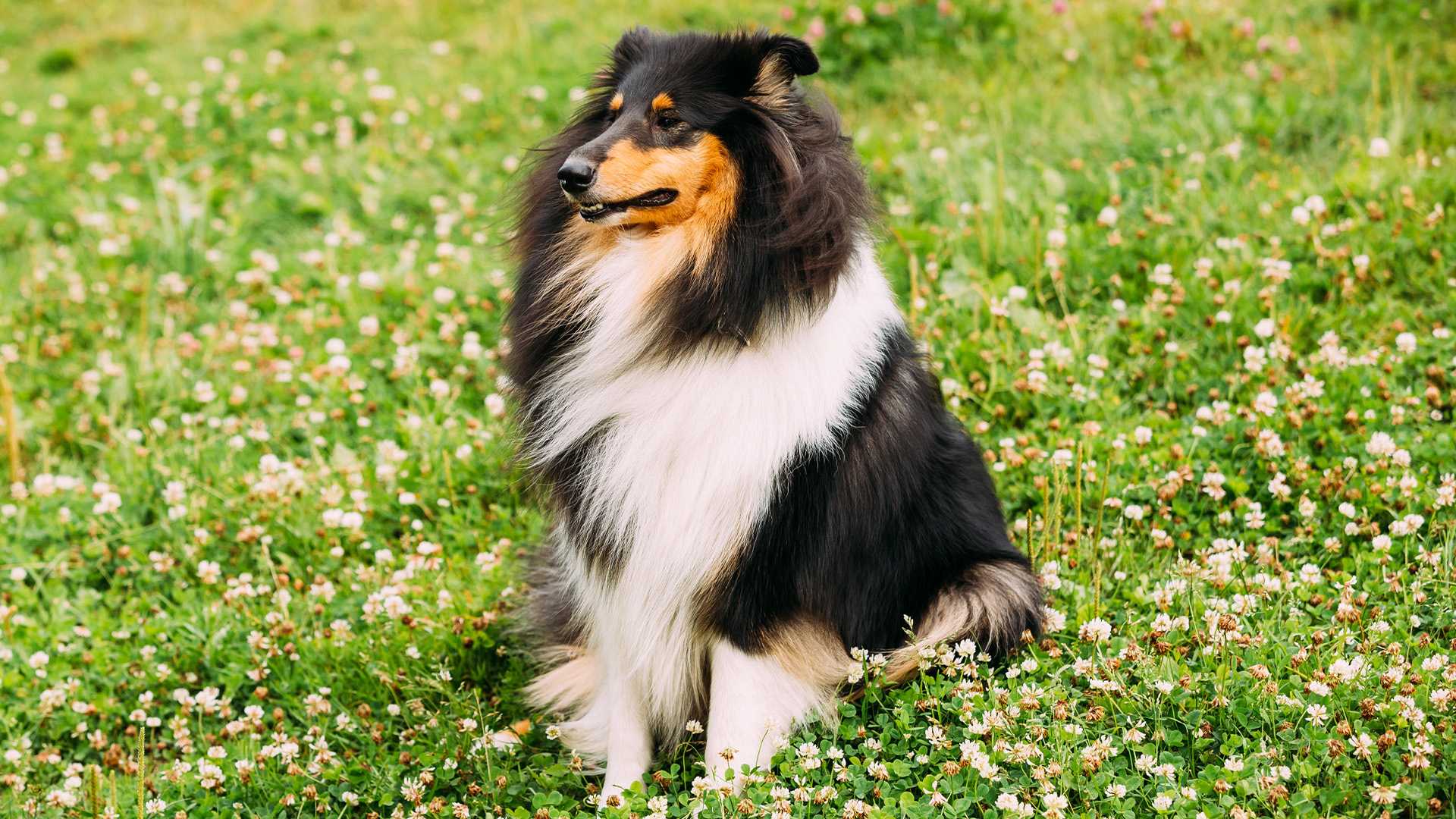
A pop culture icon thanks to the 'Lassie' TV show and film franchise, this Scottish breed was bred for herding. Intelligent, highly capable dogs are incredibly loving too and develop strong bonds with their chosen families making them great family pets.
Entlebucher Mountain Dog

This tri-coloured beauty of a dog is known as ‘the Laughing Dog of the Swiss Alps’ thanks to their friendly face and proclivity for a good time.
But it's not all larks, the Entlebucher Mountain Dog is a serious grafter and known for herding cattle across punishing terrain.
Finnish Lapphund
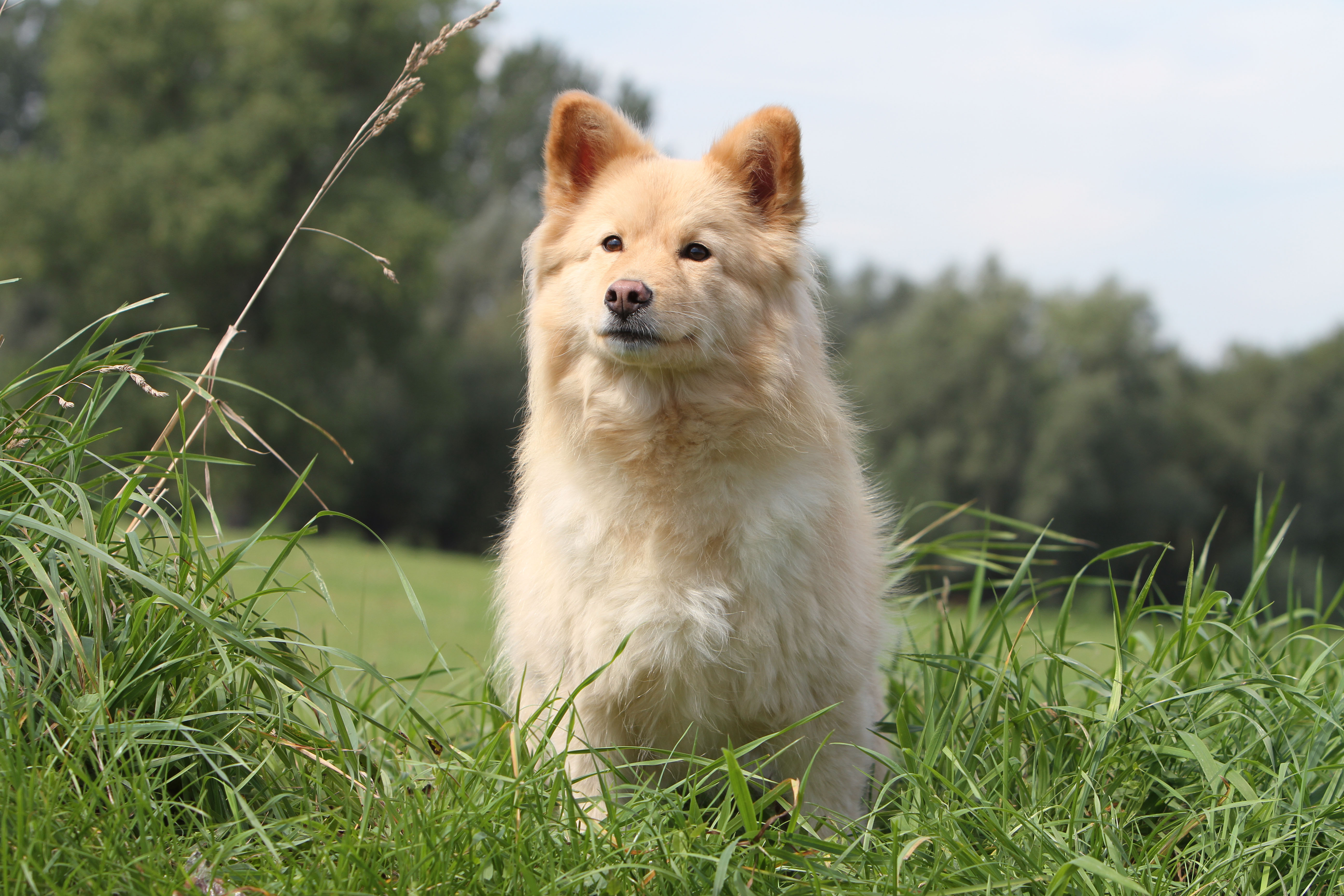
Bred to herd reindeer, the Finnish Lapphund is an easygoing dog popular in its native country of Finland. Fast and agile, their distinctive markings can make it look like they're wearing spectacles!
German Shepherd
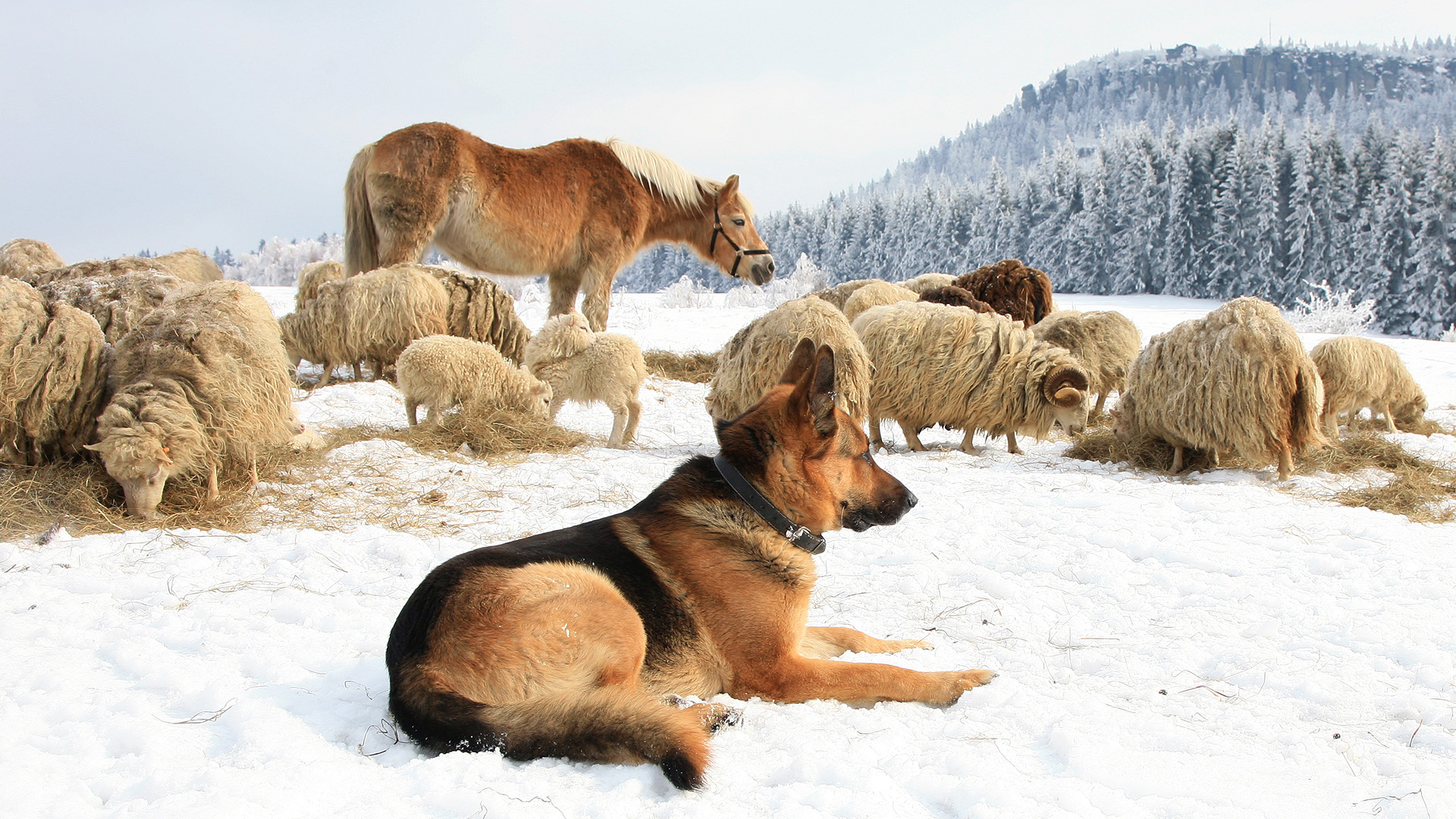
The original Jack of all trades, the German Shepherd is adept at all manner of jobs. Bred using traditional German herding dogs, they are known for their high levels of trainability and intelligence meaning they are a popular choice for police, military and search and rescue work.
Icelandic Sheepdog
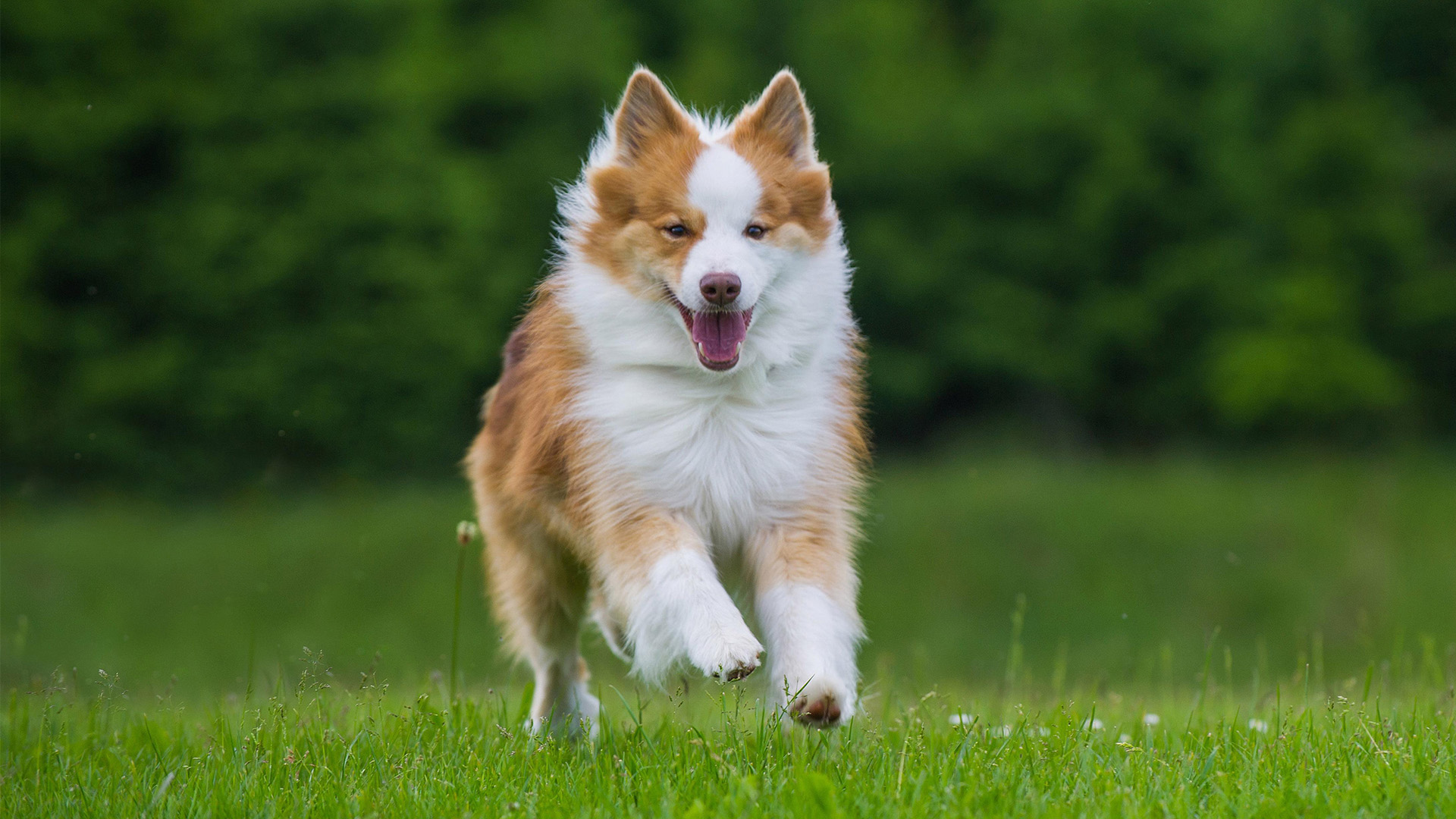
Iceland's only native dog breed, Viking settlers brought the Icelandic Sheepdog's ancestors to the country over 1,000 years ago.
Bred to herd sheep and work on a farm all day in tough climates, the Icelandic Sheepdog is hardy, curious and upbeat.
Lancashire Heeler
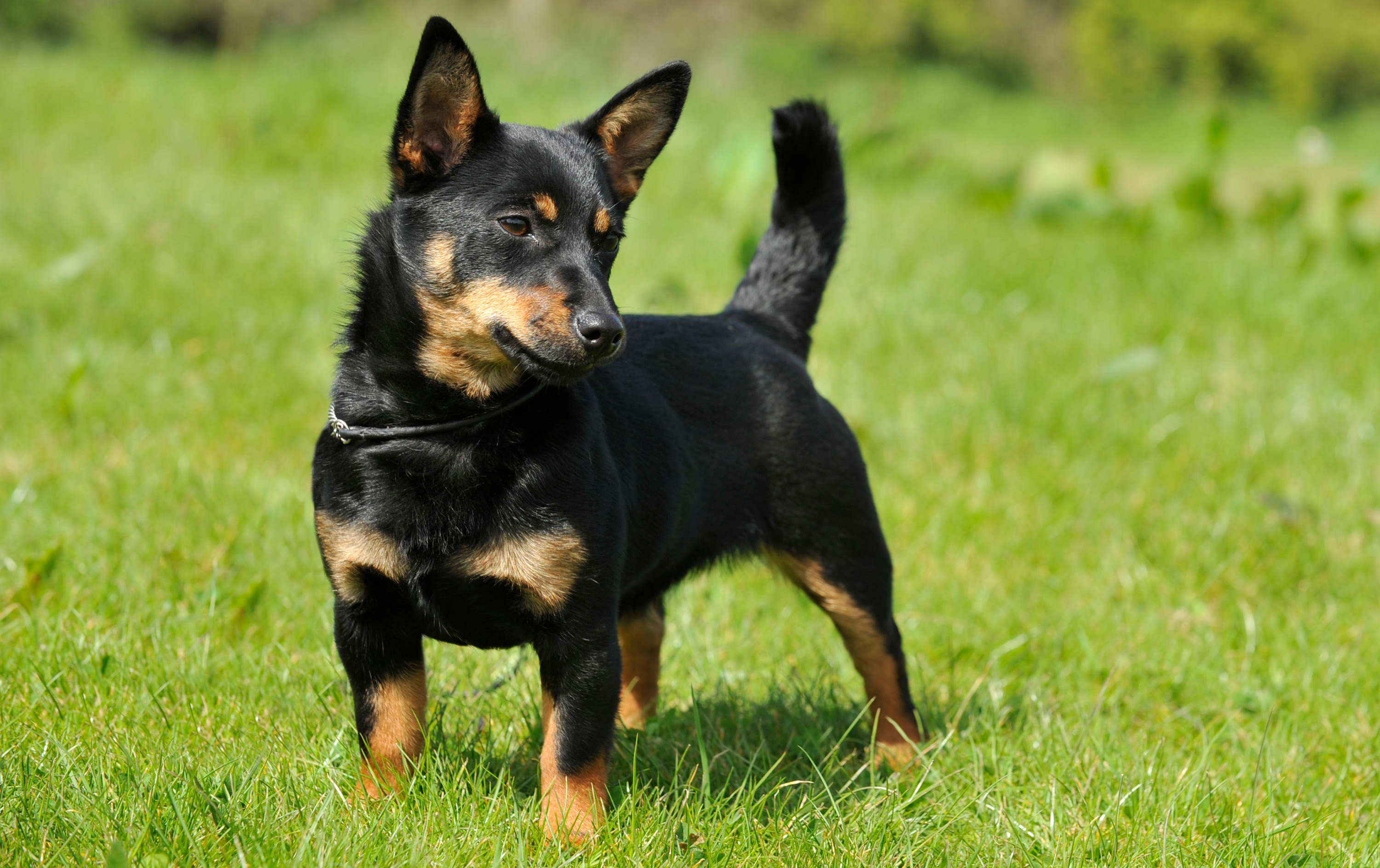
With the Welsh Corgi and Manchester Terrier as its ancestors, the Lancashire Heeler was bred to herd cattle in Ormskirk in Wales.
Clever and loyal, these little dogs have boundless energy and a lot of love to give.
Miniature American Shepherd
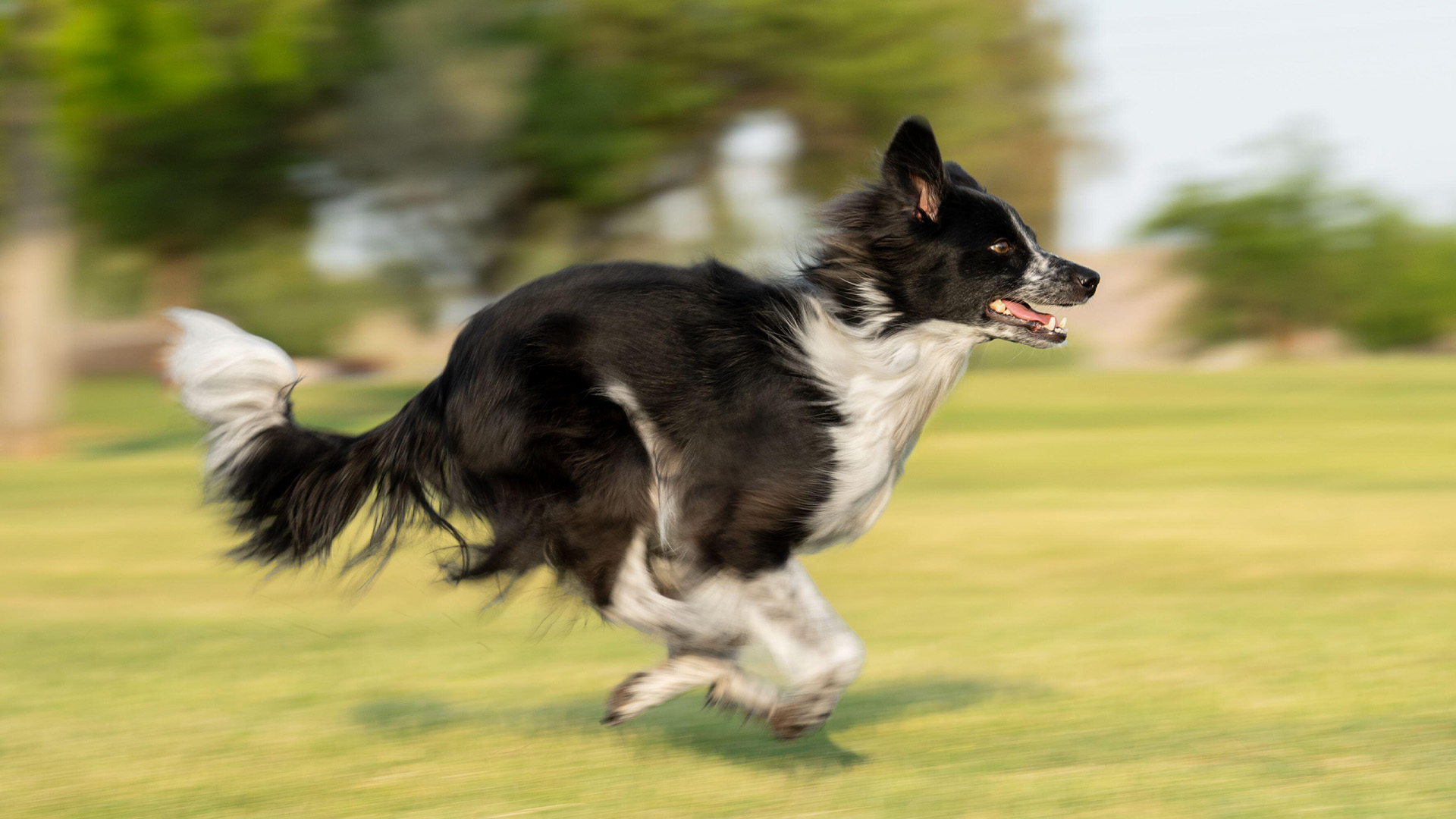
This small herding dog looks like a little Australian Shepherd. They are athletic and great with horses, but thanks to their smaller size marginally easier to tire than their larger counterparts.
Mudi
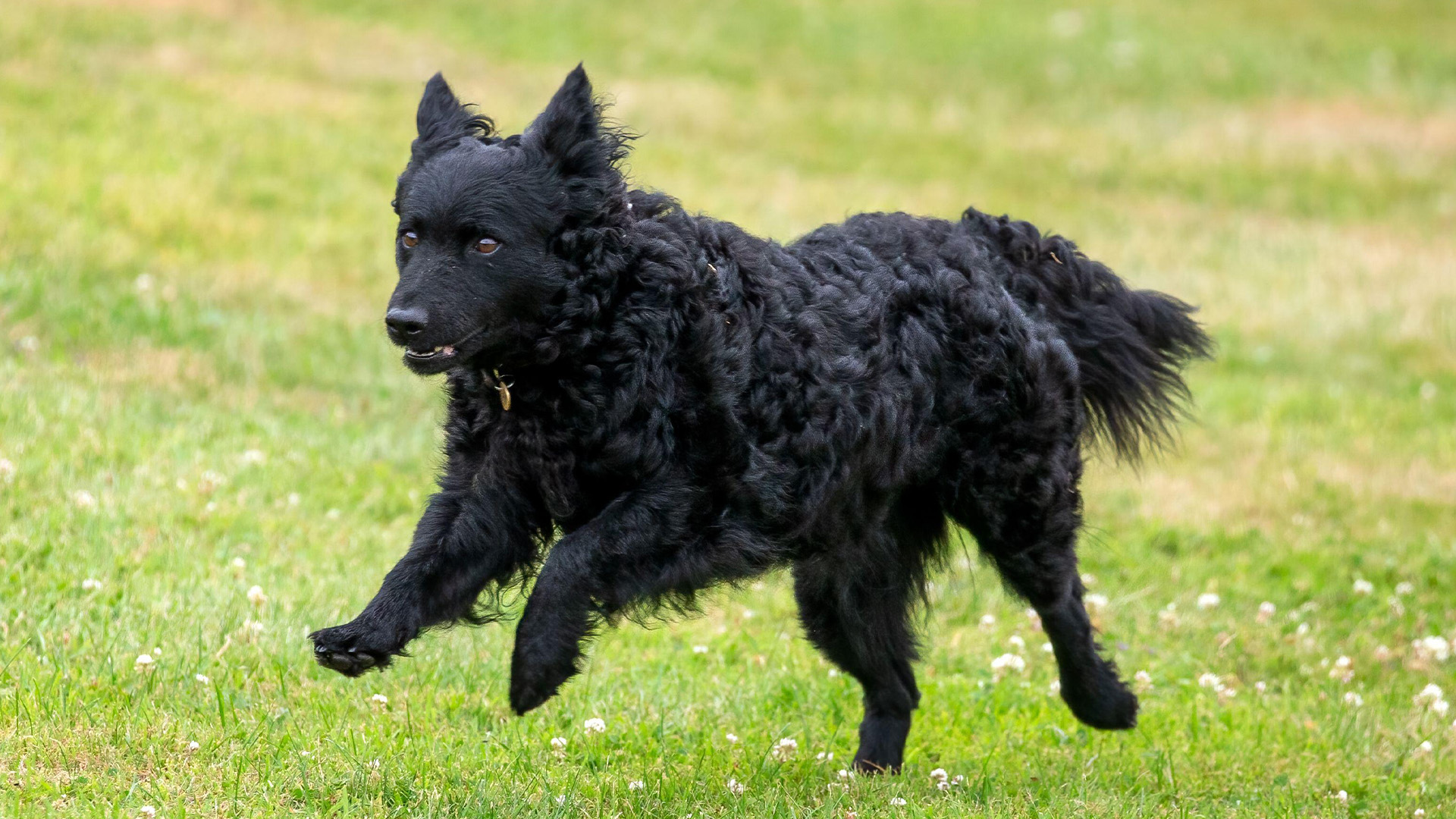
This all-purpose Hungarian farm dog is closely related to the Puli and Pumi. Not only athletic but courageous too, the Mudi is perfect for working with mischievous livestock.
Loving and gentle with their family, they have one impressive bark on them!
Norwegian Buhund
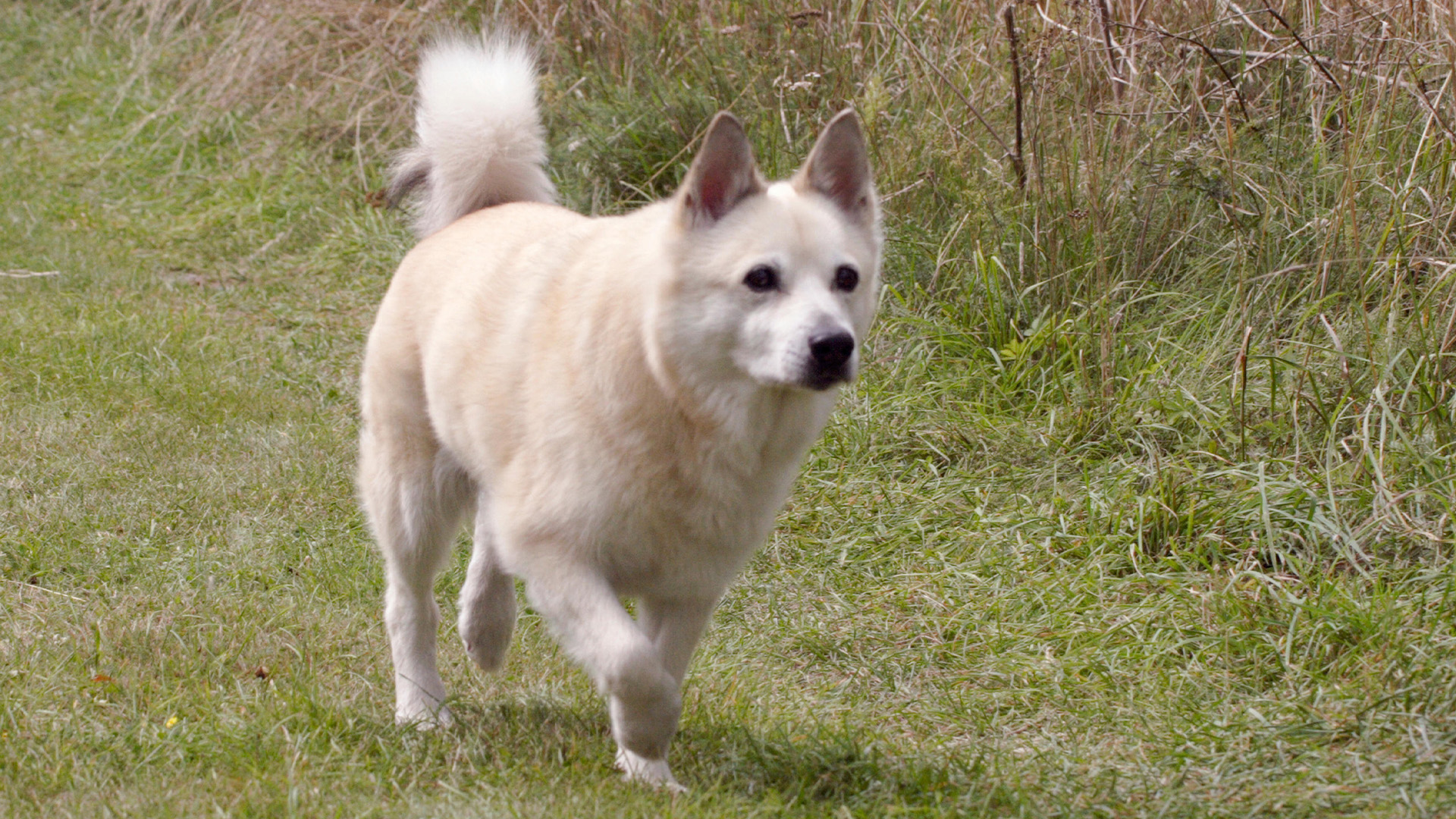
An ancient dog breed, the Norwegian Buhund has been used to guard and livestock since the time of the Vikings.
Highly vocal and big shedders, the Norwegian Buhund needs plenty of exercise and grooming.
Old English Sheepdog
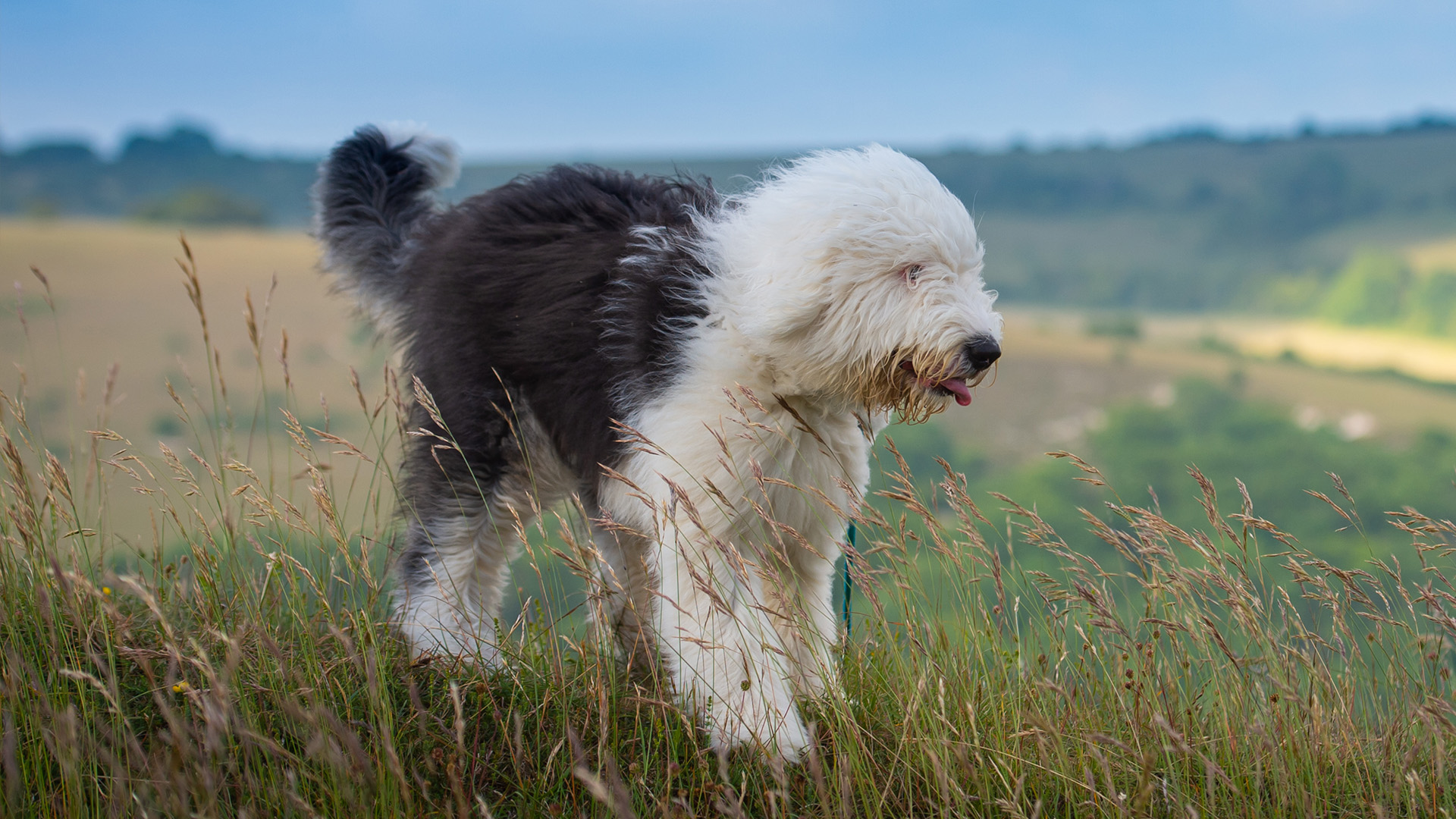
With its distinctive gait, fabulous hairdo and laidback temperament, it's easy to forget the Old English Sheepdog was originally bred to herd and drive sheep and cattle to market.
These playful, powerful dogs need plenty of exercise and regular grooming to stay in top condition.
Pembroke Welsh Corgi
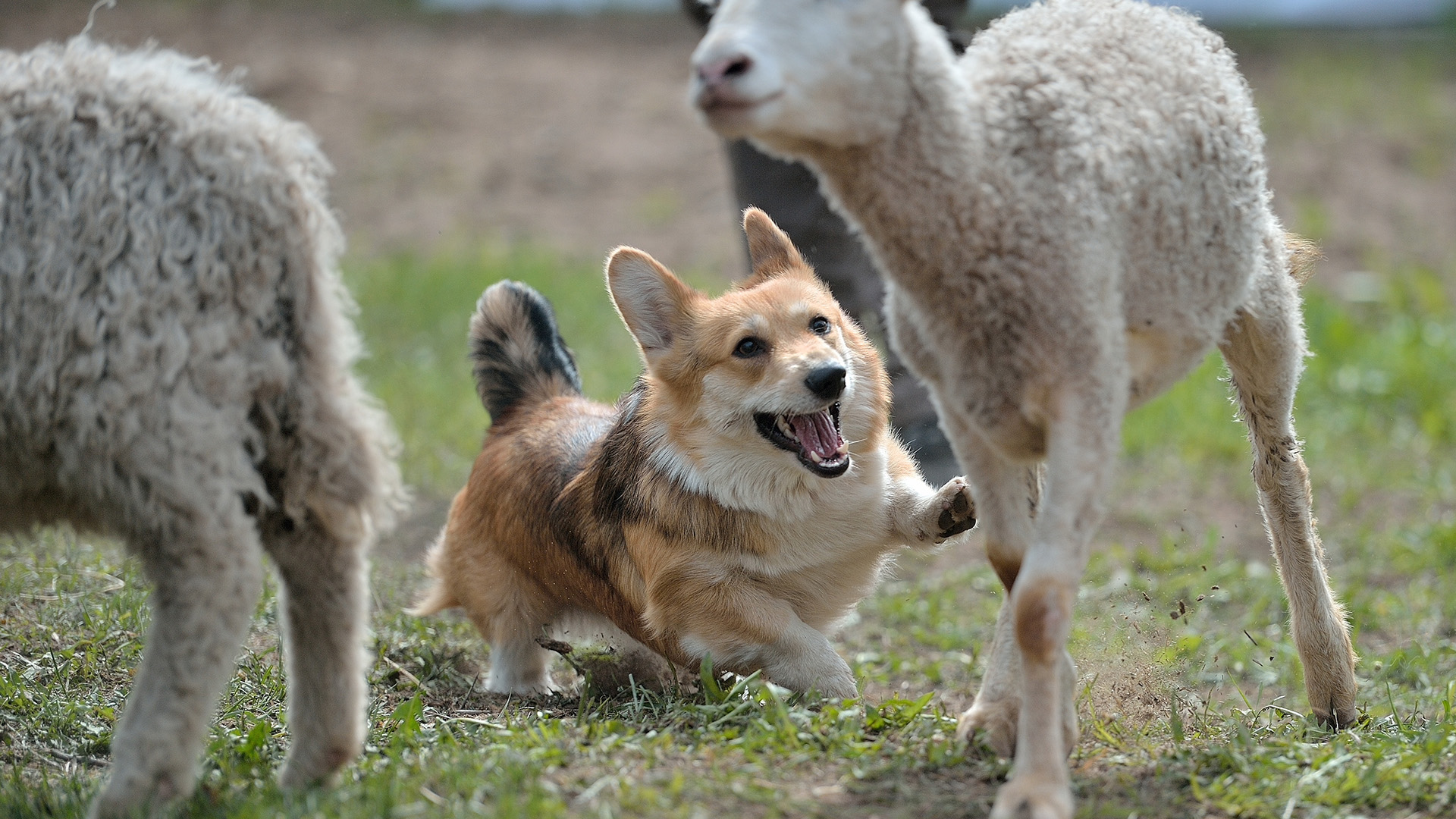
Beloved pets of Queen Elizabeth II, Pembroke Welsh Corgis are active little herders with big personalities.
Originally bred to herd cattle by nipping at the heels of livestock to keep them on task, the Pembroke Welsh Corgi is more often than not a beloved family pet these days.
Polish Lowland Sheepdog

Bright, sure of themselves and a touch stubborn, the Polish Lowland Sheepdog thrive when they have a task to do.
You'll need to keep on top of training to keep this headstrong dog on side, plus their gorgeous shaggy coat will need regular brushing.
Puli
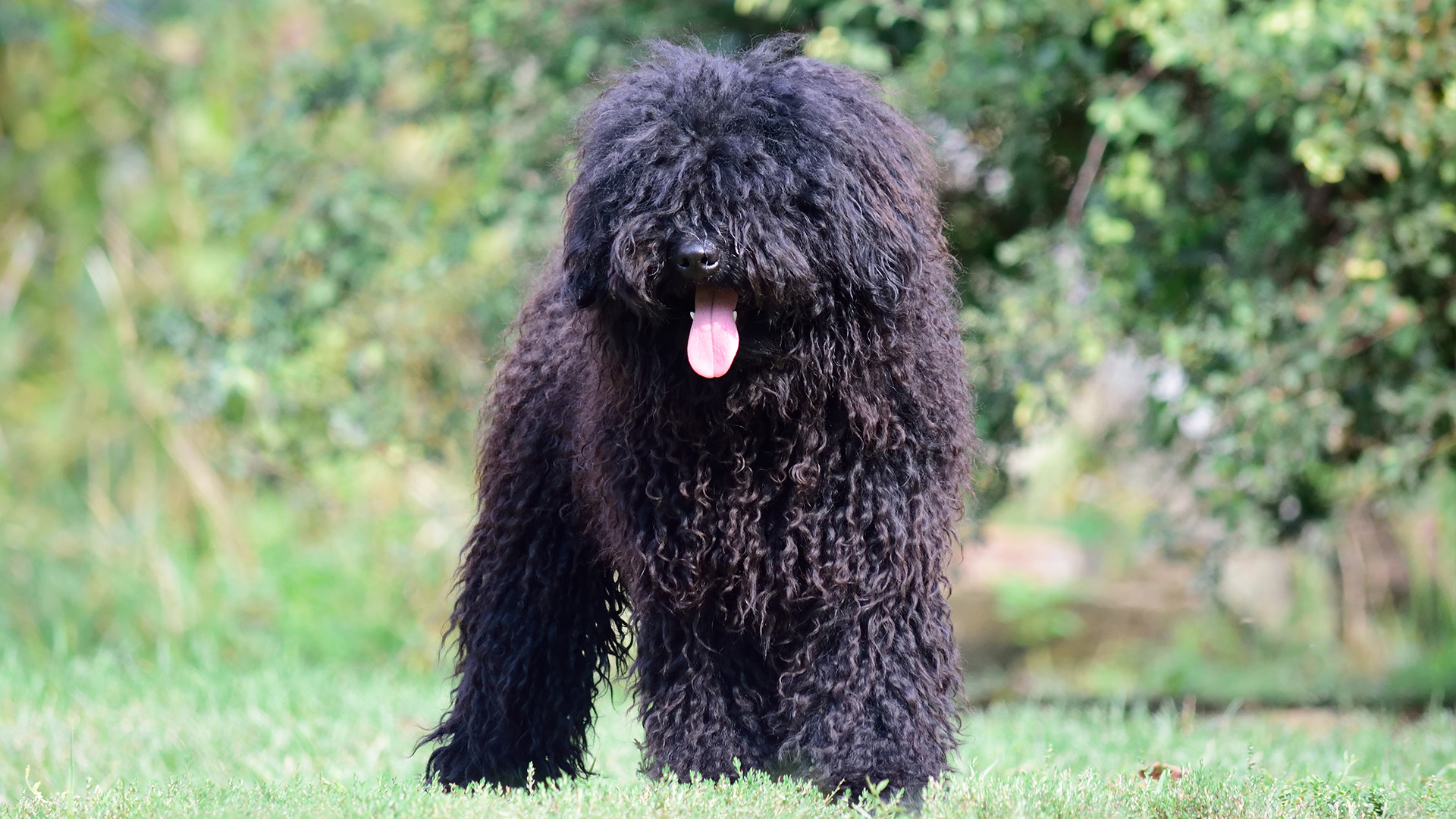
With their hallmark corded coat, there is no mistaking a Puli for anything else! This little dog has been used to herd sheep and guard farms in Hungary and in the absence of livestock, they will herd other pets and children.
Pumi
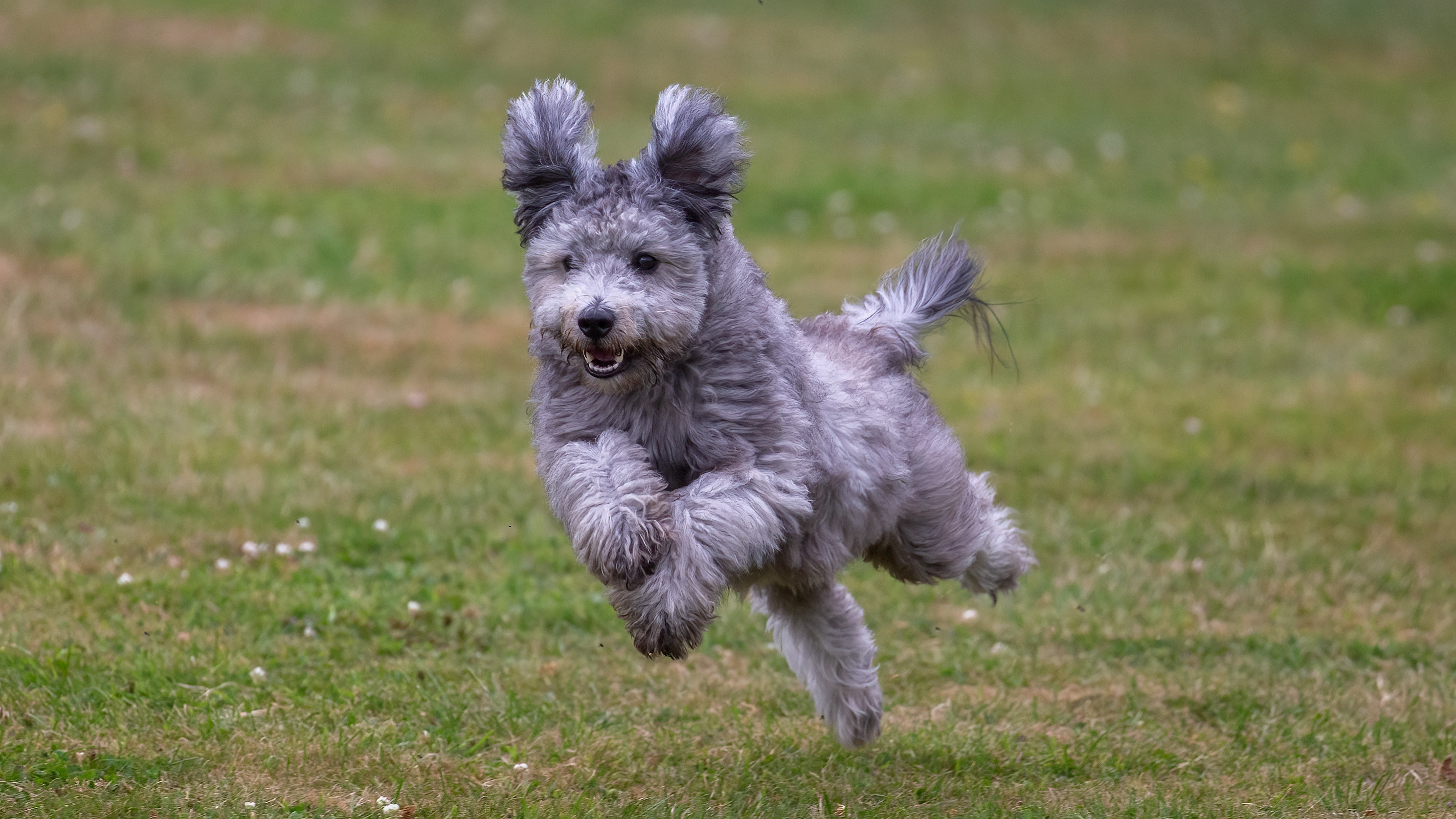
Quick, nimble and capable of making fast decisions, Pumi had been bred to keep farm stock, typically sheep, under tight control.
Their curly coat and sweet face are adorable and so long as they are trained from an early age they can make great family pets for active families.
Pyrenean Shepherd
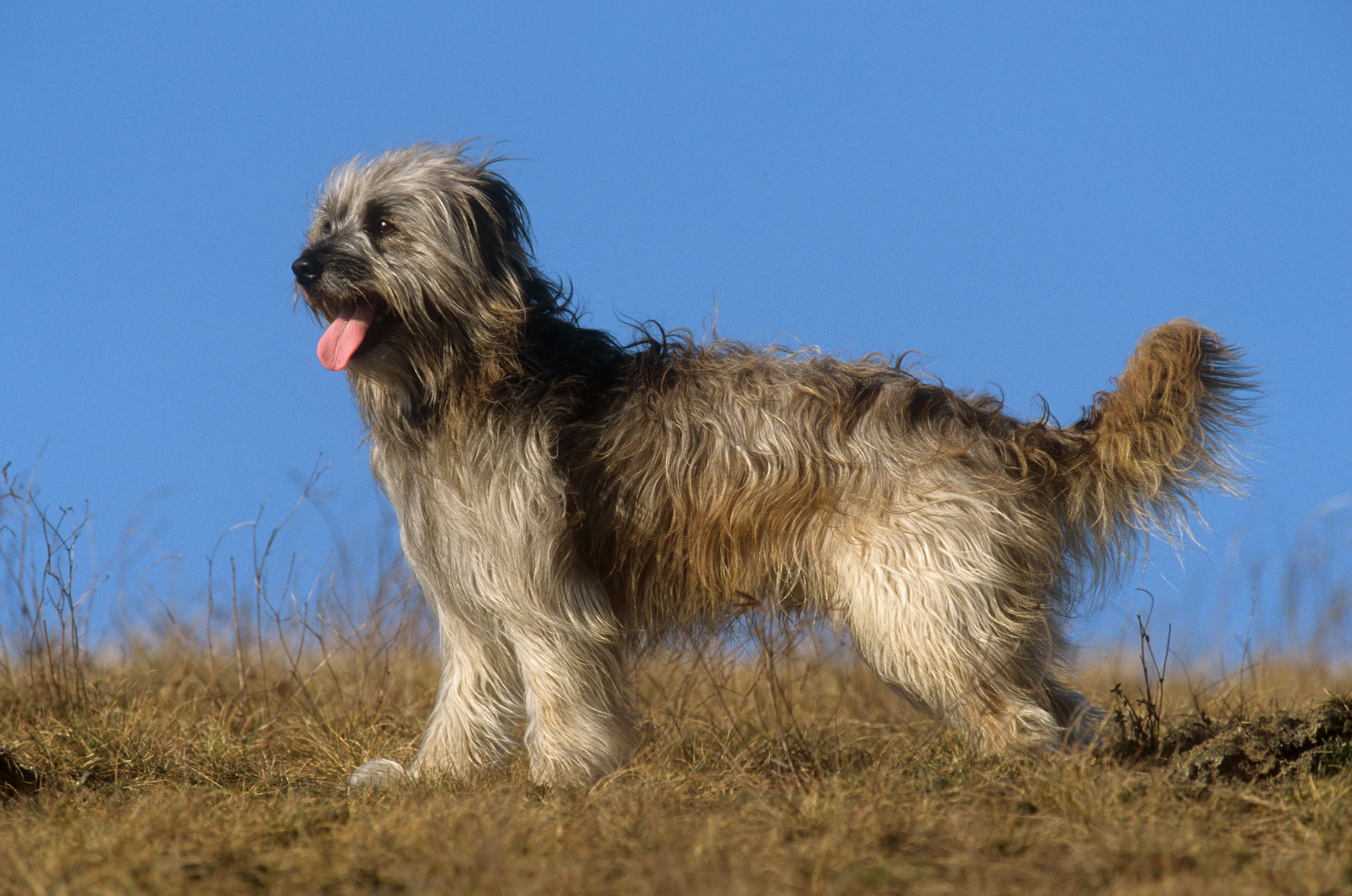
Hailing from France, the Pyrenean Shepherd is a herding dog used to guard and herd sheep.
They're incredibly fast too, making them naturals at agility sports. Keep them busy or you will find them more than a little mischievous!
Shetland Sheepdog
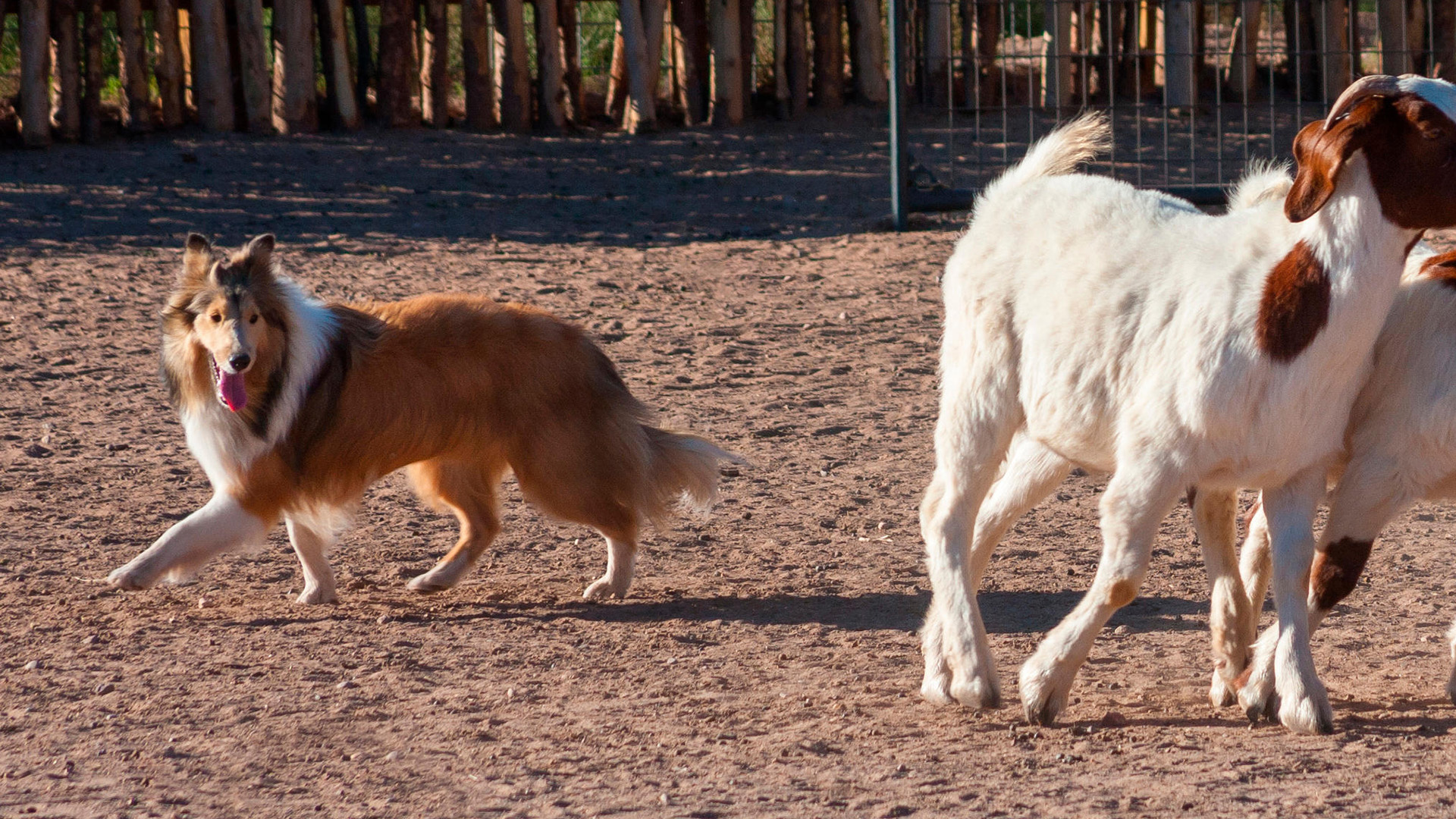
First established on Scotland's Shetland Isles, the Shetland Sheepdog is whipsmart, easy to train and has boundless energy. Take them to dog sports to tire them out and watch them thrive.
Spanish Water Dog
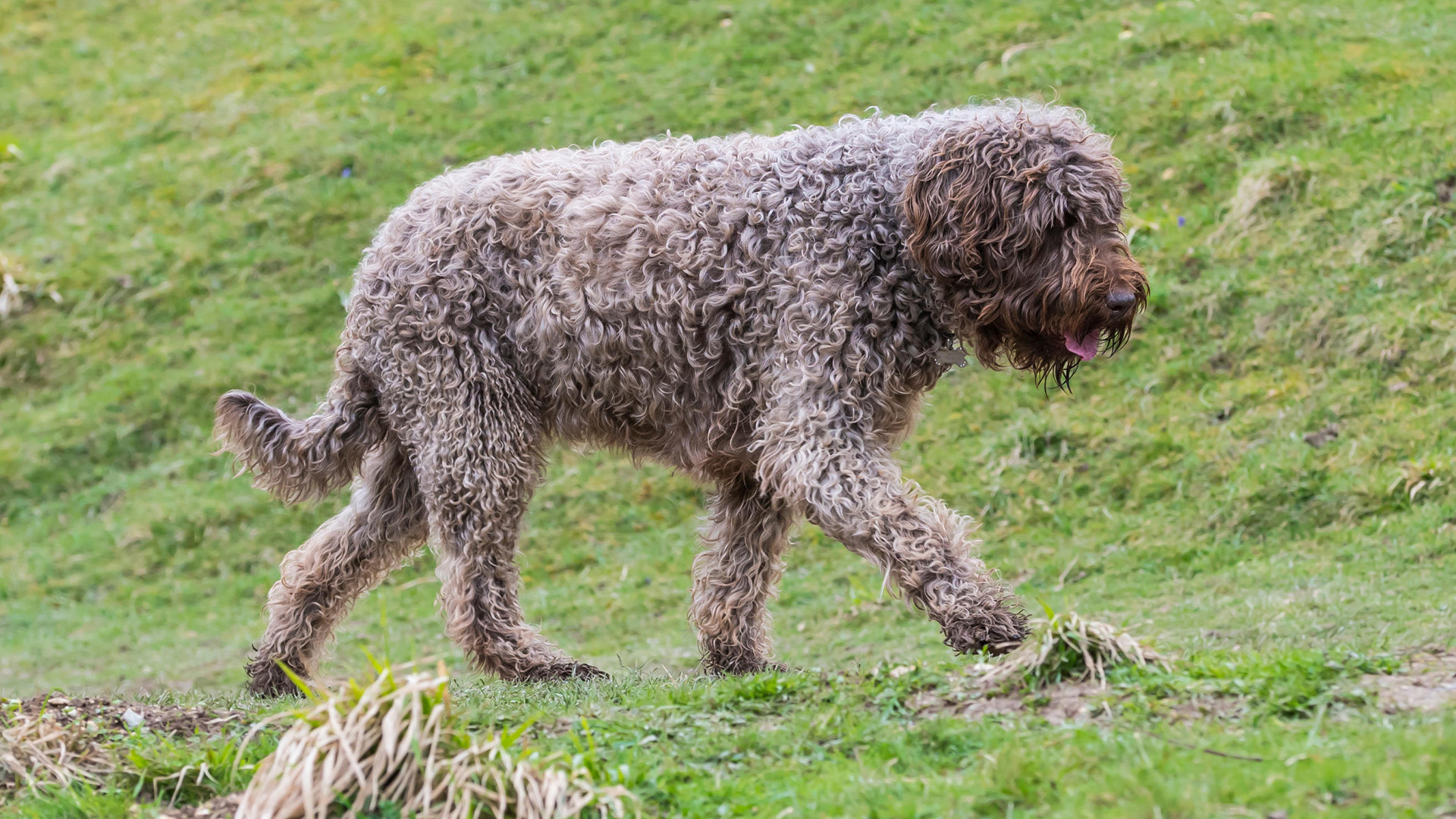
Bright and even keeled, the Spanish Water Dog is used in Spain as a general purpose sheepdog and guard.
These clever dogs are also occasionally used as a gundog, and are highly capable at retrieving especially from water.
Swedish Vallhund
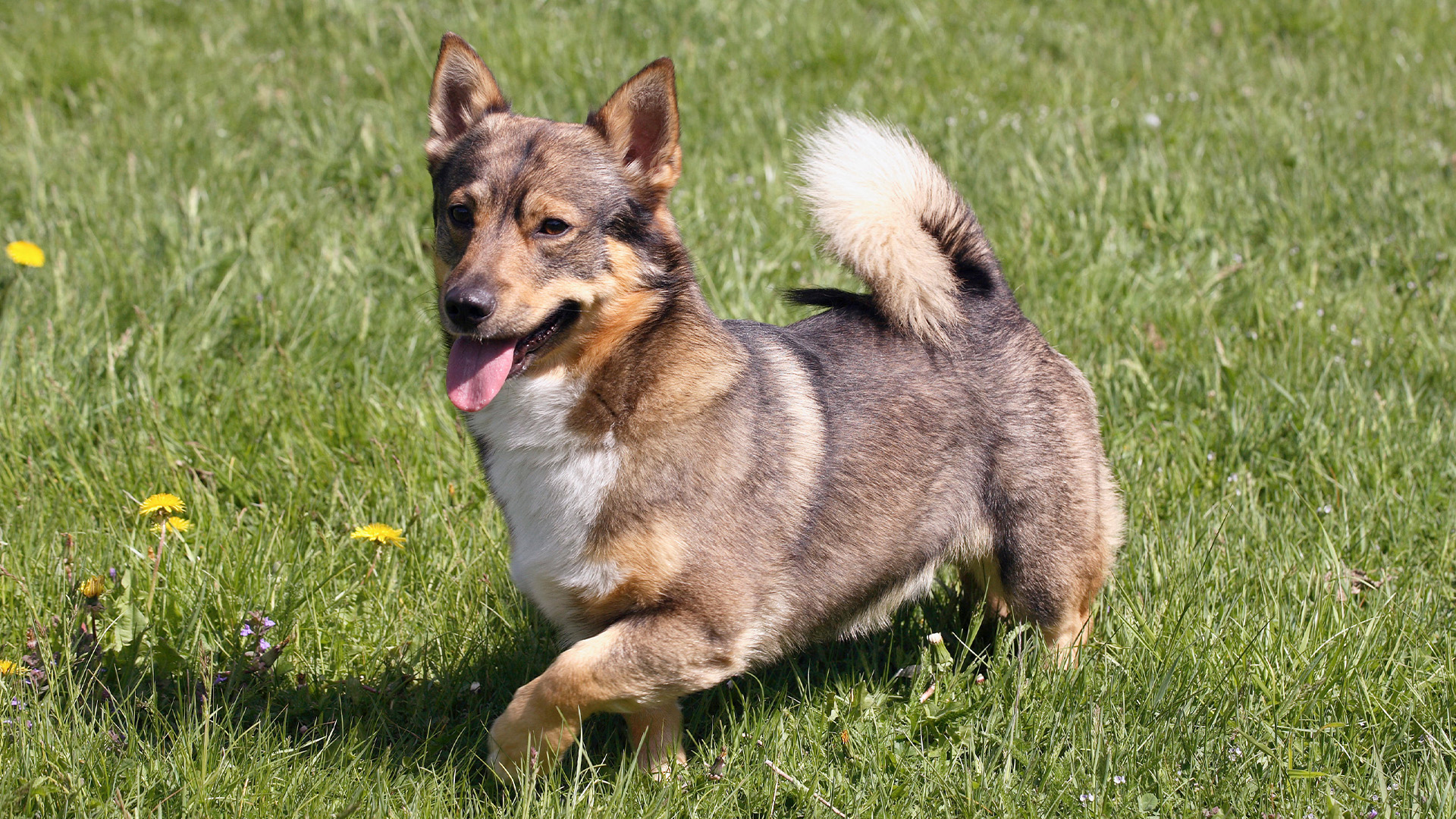
First bred as a drover and herder of cows some 1,000 years ago, the ancient Swedish Vallhund is a smart and social dog.
Small they might be, but these rugged cattle dogs have a huge amount of energy and benefit from living with active families.
Read next: The smartest dog breeds from around the world
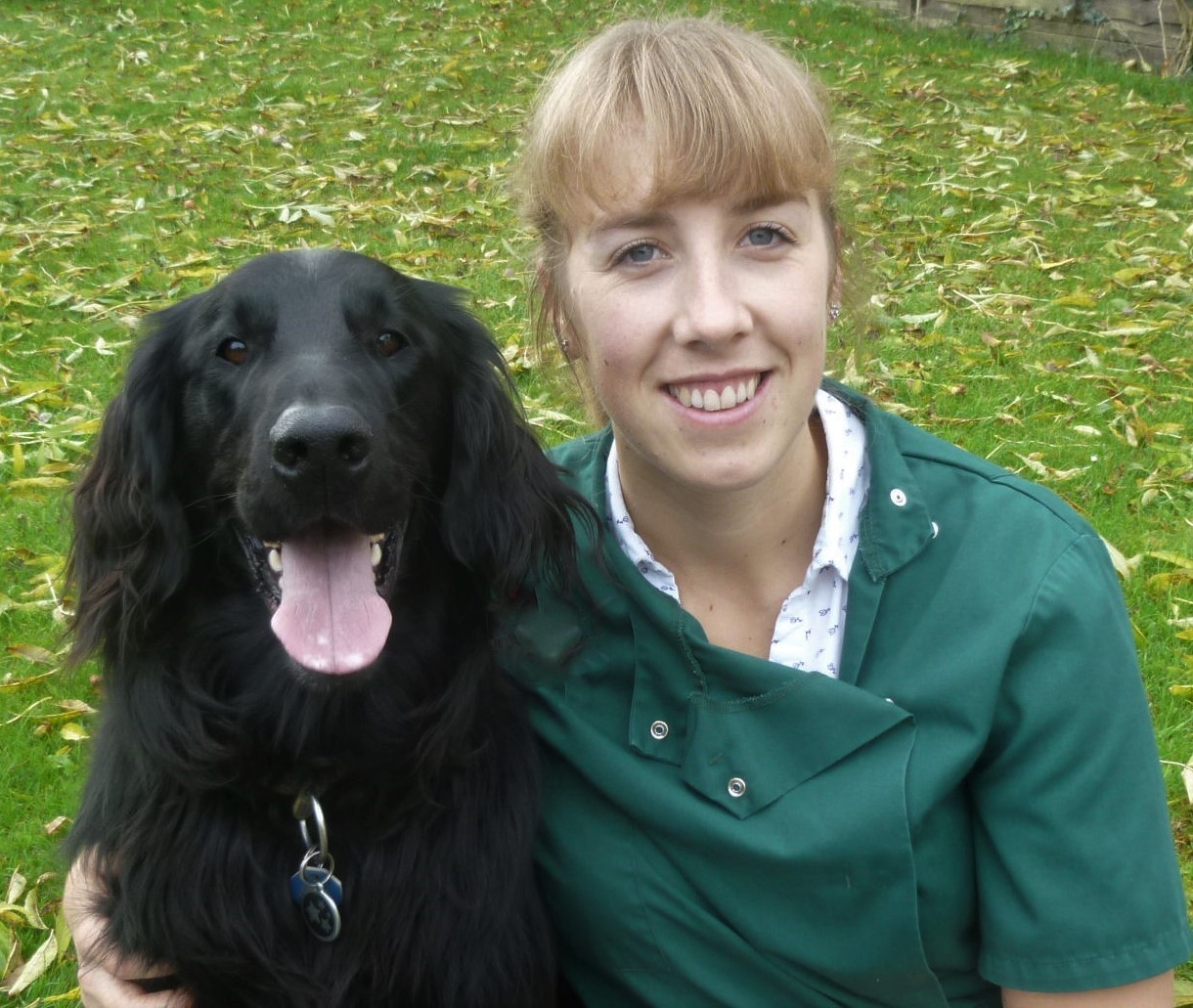
Rebecca is a veterinary surgeon who graduated in 2009 from the Royal Veterinary College in London. She has a wealth of experience in first opinion small animal practice, having done a mixture of day-to-day routine work, on-call emergency duties and managerial roles over the years. Rebecca enjoys medicine in particular and she is proud to have recently achieved a BSAVA postgraduate certificate in small animal medicine (with commendation).
She writes on various feline and canine topics, including behavior, nutrition, and health. Outside of work and writing she enjoys walking her own dog, spending time with her young family and baking!
Edited by Georgia Guerin.
Recent updates
This feature was last updated in April 2, 2025 by Abby Driver
PetsRadar Newsletter
Get the best advice, tips and top tech for your beloved Pets

Abby is a freelance writer and dog owner. She currently has two golden retrievers, Lowen and and Indy, but has previously had many other pets, including rabbits.
Abby has written for Metro, House Beautiful, Fit+Well, and more. Alongside this, Abby also volunteers at a local dog rescue centre, helping out with daily activities, such as walking, feeding and grooming.
